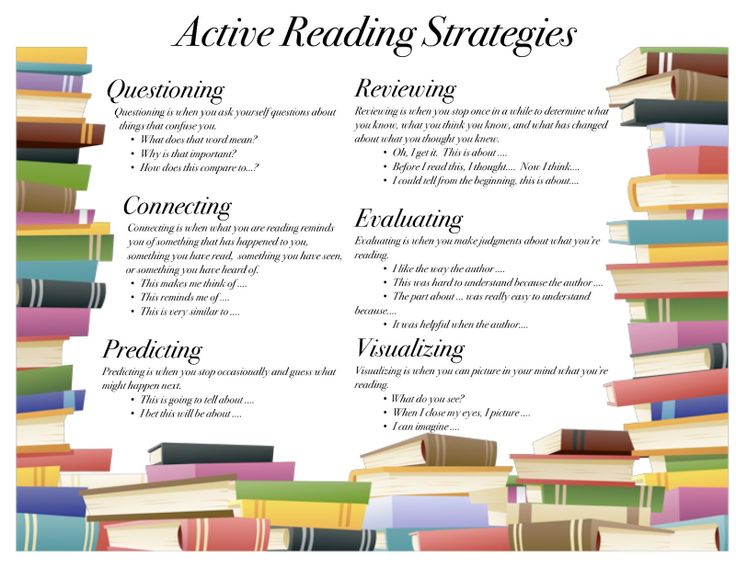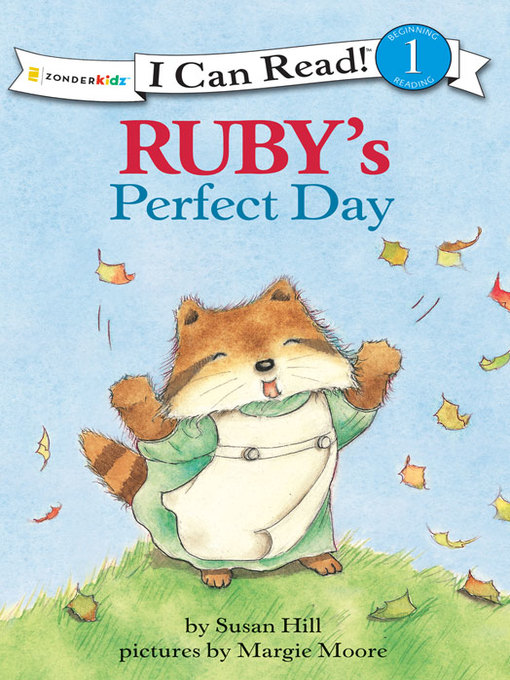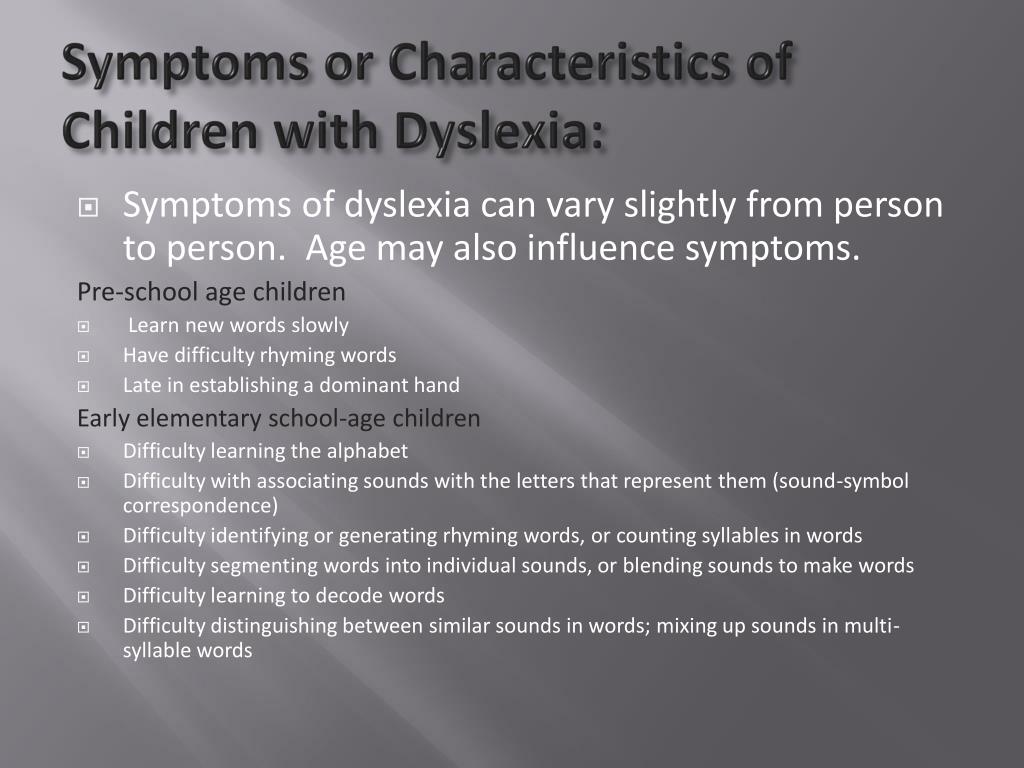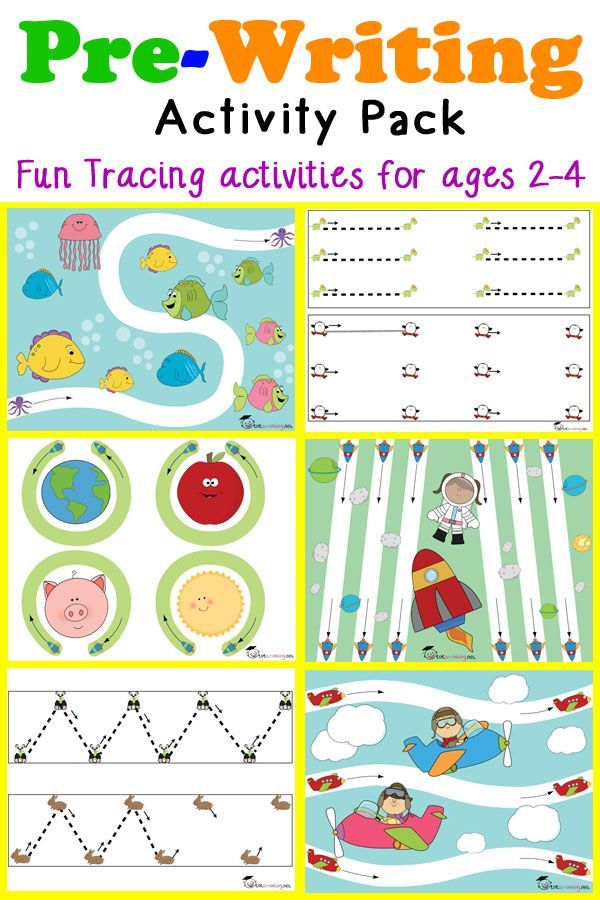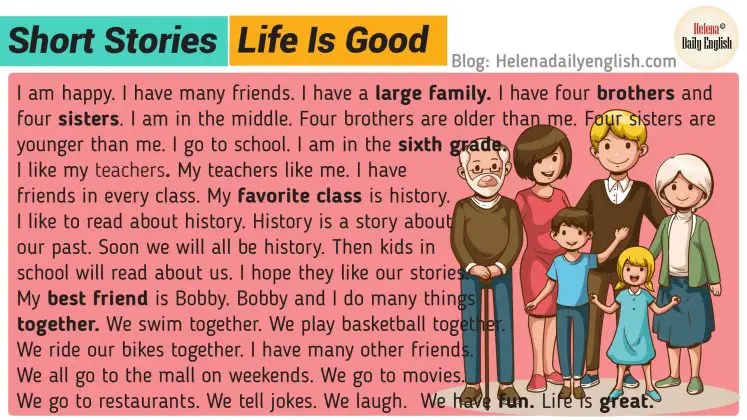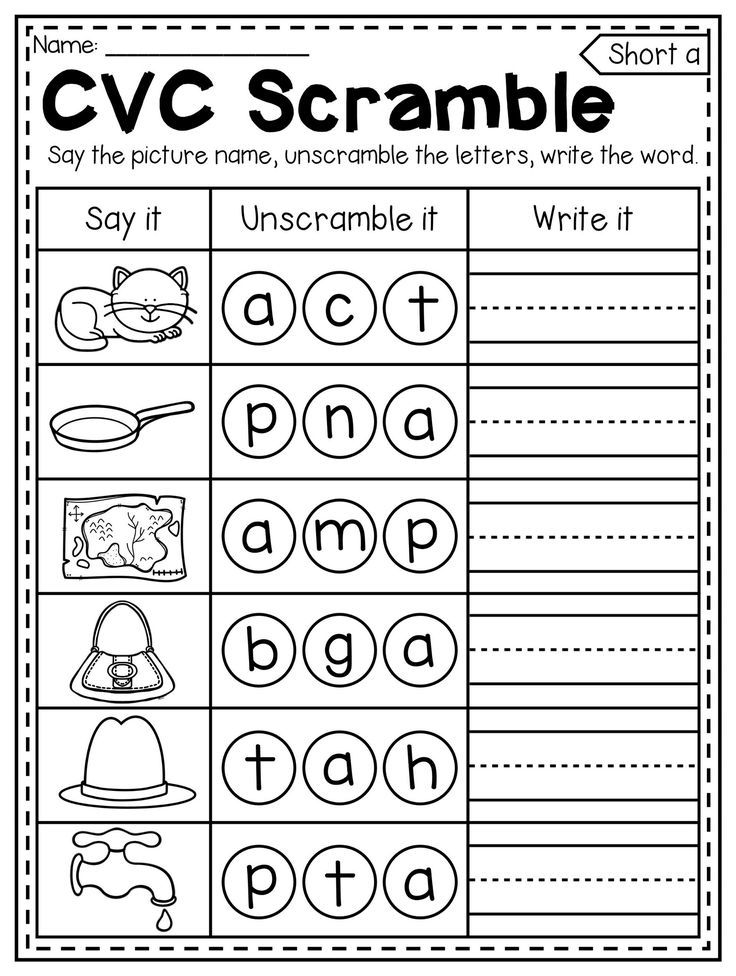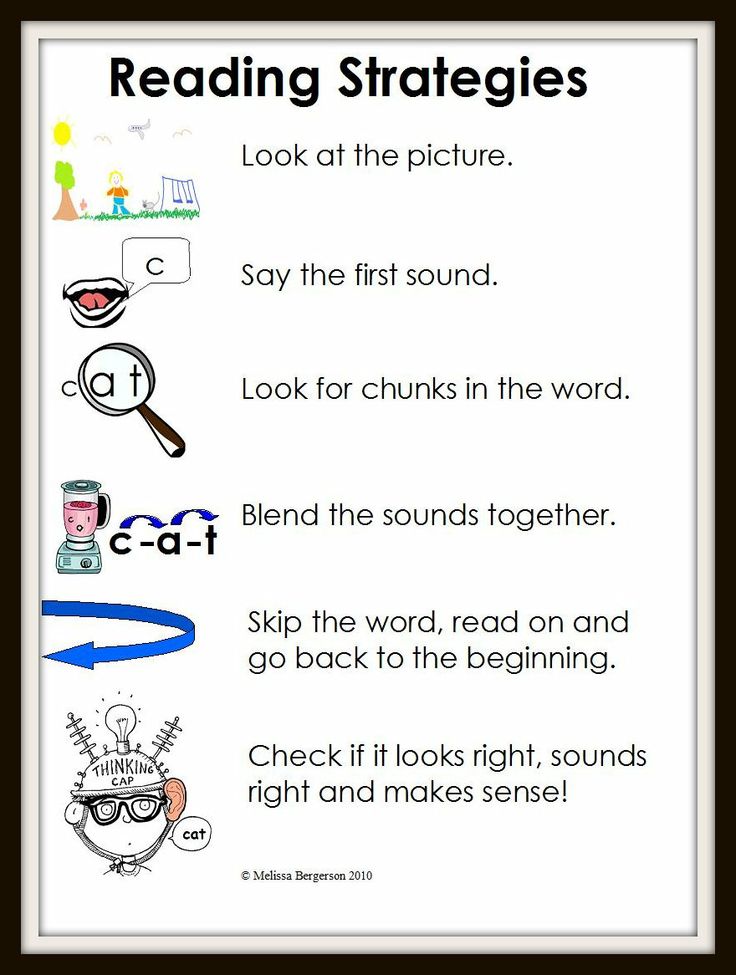How to determine your child's reading level
How To Determine Your Child’s Reading Level And Choose The Best Books
When you sit down to read a book, you want to enjoy the story in front of you. The same is true for your child. That’s why uncovering your child’s reading level is an important step in fostering their love of words from a young age!
Consider the different factors that allow kids to enjoy the books they read. For example, does it tie into their interests, and is it slated as an appropriate option for their level? By answering these questions, you can make sure they’re reading books that are just right for them!
If your child is in school, you’re probably no stranger to jargon like “reading level.” But what exactly does Lexile Framework, Guided Reading Levels (GRL), or Developmental Reading Assessment (DRA) actually mean?
Additionally, if your child is just starting to read on their own (or already reading independently) and is learning from home, how can you figure out what reading level is right for them? If any of these thoughts have crossed your mind, you’ve come to the right place.
We’re here to answer your questions so you and your child can sit down and enjoy a good book together!
What Is A Reading Level?
A reading level is simply a measure of your child’s ability to read text. It reflects how well your little one can read independently. Importantly, reading levels help you choose books that are a good match for your child while still presenting a challenge.
Keep in mind these levels are meant to be helpful, not stressful. They don’t limit your child, but, rather, help them blossom into a fluent, excited reader.
When your child reads books that are appropriate for their current reading level, it boosts their confidence so they can truly enjoy reading! Also, knowing what level your child is at allows you to work with them to improve their skills.
That being said, it’s important to remember that children are unique and develop differently. Comparing your child to their peers isn’t necessarily the best approach when trying to assess their reading ability.
Why Is Determining Reading Level Important?
It’s helpful to determine your child’s reading level so you can find books that are appropriate for them to read on their own: not too difficult but challenging enough to encourage growth.
Reading level classification is a convenient tool you can use when searching online or at the library. And when you provide books that are on your child’s level, you create excitement and build their confidence, which can lead to a lifetime love of learning and reading!
If you’re looking for ways to help your little one read at the best level for them, Our new app HOMER Learn & Grow has a Stories section that gives age-appropriate story recommendations!
This is a great resource that takes your child’s specific interests and recommends stories just for them. What’s more, your child can choose to read along or read on their own.
How Is Your Child’s Reading Level Measured?
Your child’s reading level is usually measured at their school in first or second grade, and we’ll show you how that’s done. Here’s a tip: since your child’s teacher knows their reading level, consider asking the teacher (or the school librarian) for books your child can read at home.
Here’s a tip: since your child’s teacher knows their reading level, consider asking the teacher (or the school librarian) for books your child can read at home.
Don’t worry if your child isn’t in school yet or if they’re homeschooled. We’ll show you how you can measure their reading level at home, too!
Before we dive in, it’s important to note that we think of books for kids at three levels: independent reading, instructional reading, and frustrating to read.
As the names indicate, independent reading books are ones a child can read with ease and without support from an adult.
Instructional ones are the books just above independent that teachers might use to stretch a child’s reading as they offer support while the child makes that next step. Finally, frustrating books are too hard for a child to read even with adult guidance.
Now that you have an idea of how to think of the different books your child might encounter, let’s talk about the tools used for determining or describing reading levels.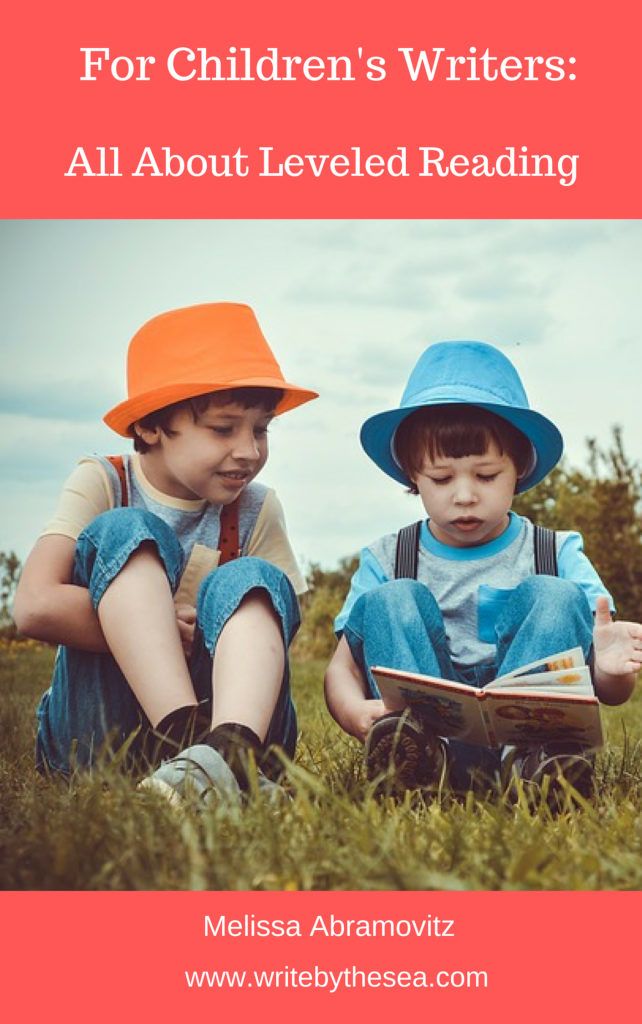
Lexile Framework For Reading
Lexile Framework For Reading is an educational tool that ranks books by order of their difficulty using a scale called a Lexile. Usually, your child’s teacher will determine their Lexile reading level and then choose books that have a matching score.
The Lexile score, or measure, describes your child’s reading ability and matches them with books and other reading materials. This measure ranges anywhere from 0L to 2000L.
Kids are encouraged to read within their Lexile “range” — 50L above to 100L below their actual level. For instance, if your little one is reading with a Lexile measure of 500L, they would read books ranging anywhere from 400L to 550L.
Using standardized assessments, schools will often measure a child’s reading level several times a year to help them select books that are appropriate for independent reading.
Guided Reading Levels (GRL)
GRL is a guided reading system used in some schools.
To determine reading levels using GRL, children sit one-on-one with their teacher and read from a book that’s considered standard for their grade level — a “benchmark” book. GRL books range from A to Z with A being the easiest.
GRL books range from A to Z with A being the easiest.
While reading these books, the teacher will take notes on any missed words and ask comprehension questions, such as, “When did the story take place?” or, “What was the problem in the story?”.
Through guided instruction, the teacher will gradually move children into more difficult books.
Developmental Reading Assessment (DRA)
DRA is a standardized reading test given by teachers or reading specialists. As with GRL, children sit individually with the test administrator and read a book.
Several factors are taken into consideration to determine reading level, including:
- Reading comprehension
- Phonemic awareness
- Fluency
DRA books are labeled with an A for the easiest books and then move into a numerical grading system. The levels range from 1 to 80 with 1-3 representing a kindergarten reading level and 80 representing an eighth-grade reading level.
Once a child has a DRA or a GRL level, a teacher or parent can search for the reading level of any particular book and can usually discover either the Lexile, DRA, or GRL of that particular text.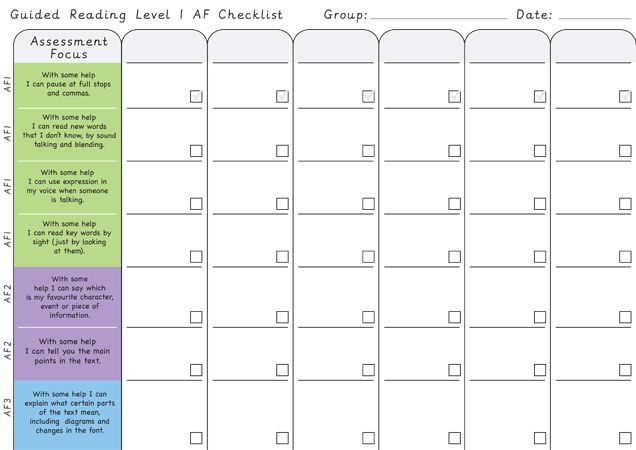 Here’s a chart for your reference.
Here’s a chart for your reference.
At-Home Reading Levels
If you’re looking for a way to find out your child’s reading level without using any of the methods listed above, you might try the five-finger rule.
For the five-finger rule, choose a book and flip to any page. If your child seems to have trouble reading more than five words on the page, it’s a good indicator that the book is too advanced for them.
To be sure, though, you can have your child try another page, especially if they seem eager to read a particular book.
This can be a helpful strategy, but it’s OK to let your child try a book and see how the reading goes. If a book is too hard, most kids will figure that out — and there is nothing wrong with reading books that are too easy!
Sometimes a child may be interested in a book that’s a little too hard for them. If this happens, we encourage you to read aloud to your child. You can also read together by alternating pages, paragraphs, or sentences.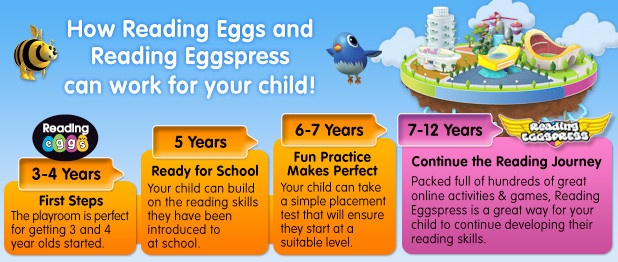
It’s important not to completely avoid books that may be a little above your child’s reading level.
Even if your child struggles a bit to read them without assistance, these books can still be beneficial in helping build their vocabulary, improve comprehension, and increase general knowledge — not to mention, encourage their love of reading!
When your emerging reader seems overwhelmed by one book, you can always give the five-finger rule a try with other books until you find the right match. And if your child is particularly interested in a topic, you can always read the book to them and stop on words you know they can read.
Also remember that when a child is really enjoying a book and highly motivated to read it, they will read at a higher level than if the material is not as interesting to them.
Tip: Most libraries and bookstores have books arranged by reading level so you can easily choose the best one for your emerging reader!
Feel free to ask librarians and knowledgeable staff at bookstores to offer suggestions.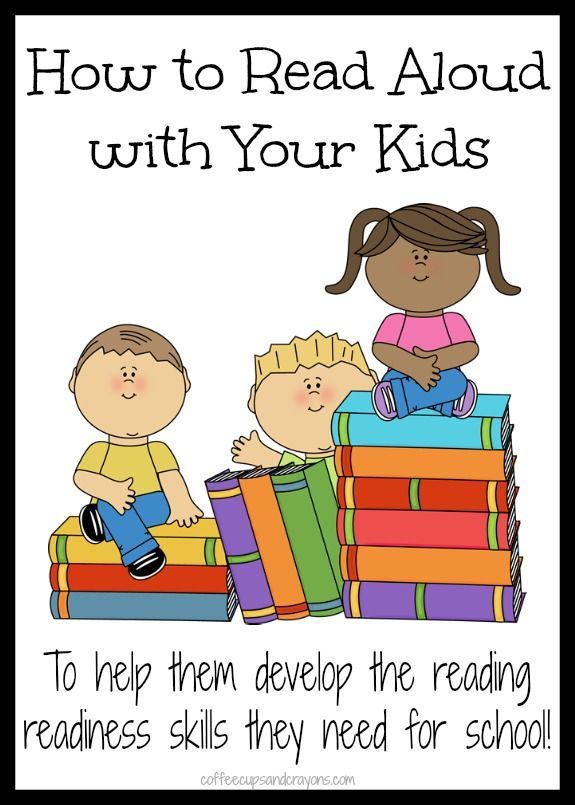 You could even say something like, “My child happily read a Clifford book; can you suggest others at the same level?”
You could even say something like, “My child happily read a Clifford book; can you suggest others at the same level?”
How To Help Your Child Become A Stronger Reader
As we mentioned earlier, you can easily determine your child’s reading level at home so that you can help them choose books that are just right! We suggest incorporating some of the tips below to help your child become a stronger reader.
Start With Clues
- Is your child using “sounding out” techniques to figure out unknown words?
- When your child reads, are they getting tripped up by sight words — common words that are hard to sound out?
- Is your child using pictures to help them understand what is written on the page?
- Is your child using context clues to figure out what word makes sense to come next as they read sentences?
Check Vocabulary
- Play games with your child to see what words they know. For example, say a sentence and point out one word in the sentence.
 Then ask them if they can come up with a different word (synonym).
Then ask them if they can come up with a different word (synonym). - Play synonym games to see what words your child knows. For example, challenge yourselves to think of 10 or more ways to describe speaking (shout, whisper, mumble).
While you’re talking with your child, describe something specific from your day. Make sure to use interesting adjectives, and don’t hold back from using sophisticated vocabulary when talking with your child.
You can help your child’s vocabulary grow through day-to-day conversations and activities!
Ask Comprehension Questions
Understanding what they read is an important part of your child’s reading journey.
- To check for reading comprehension, we suggest pausing every other page to talk about what you’ve just read. Make this a natural reaction to the story, like you’re thinking aloud about the story or characters, so that it doesn’t feel like a test.
- Consider encouraging your child to act out and retell the story (for younger children).
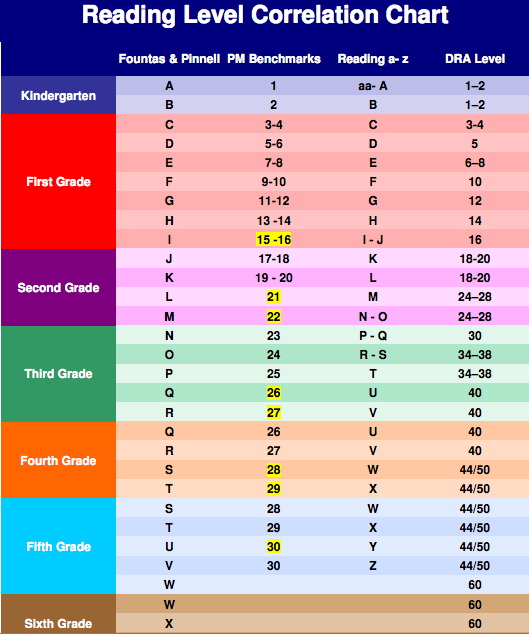
- Try discussing themes/lessons with your child (for older children). Remember: this isn’t a test, but a conversation between book lovers!
Talk To Your Child
When most people implement strategies to help their children improve their reading skills, they often forget about the importance of verbal communication. It’s essential to talk to your child frequently in short and simple sentences.
This includes singing songs, telling them wonderful stories, reciting fun nursery rhymes, and describing the world around them. All of this exposes children to lots of different words. It also helps them learn that language is a powerful tool for communication.
Discover Your Child’s Favorite Books
- Children often choose books that are a little below their actual reading level. At home, this is a good thing. It keeps reading fun and exciting!
- We recommend choosing books that interest your child — with a certain character or activity they like — so they’re curious and excited about reading.
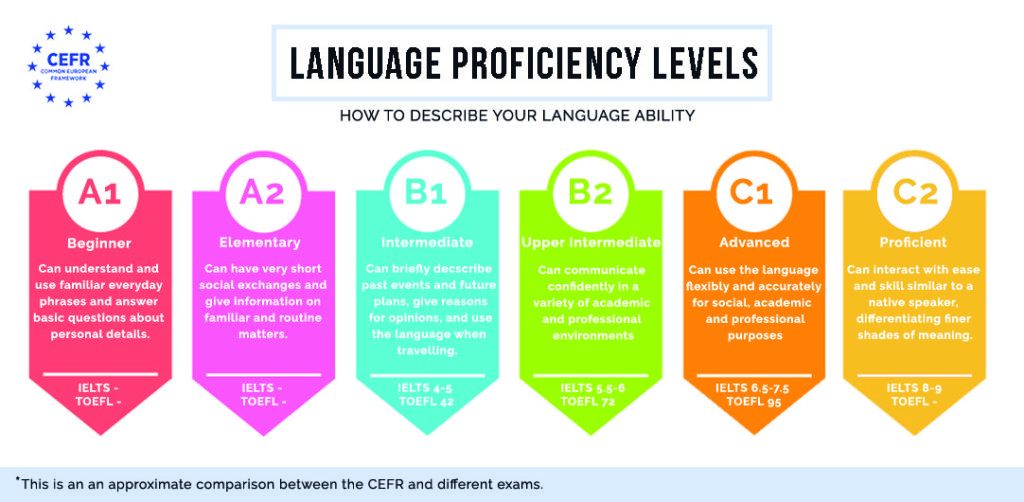
Reading books your child enjoys together can encourage their love of reading. And letting them read those same books to you can boost their confidence over time.
Together, these two activities increase your child’s fluency and reading enjoyment!
Create A Reading Corner
Establishing a reading corner in your house can benefit your child. The setup doesn’t need to be elaborate. This can be a simple, quiet, private area where your child can confidently read independently or with you.
It’s also great for the spot to be well-lit and filled with lots of books your child enjoys reading.
Is Reading The Same Book Over And Over OK?
Just like you might pick up an old favorite book to read, your child may do the same, and that’s OK! At least you know they’re enjoying a good book and the process of reading!
Rereading books can have many benefits for a child, including:
It allows children to get more from the text. Have you ever developed a deeper understanding of a story after rereading it? That’s because the more you engage with a story, the more you can take away from it.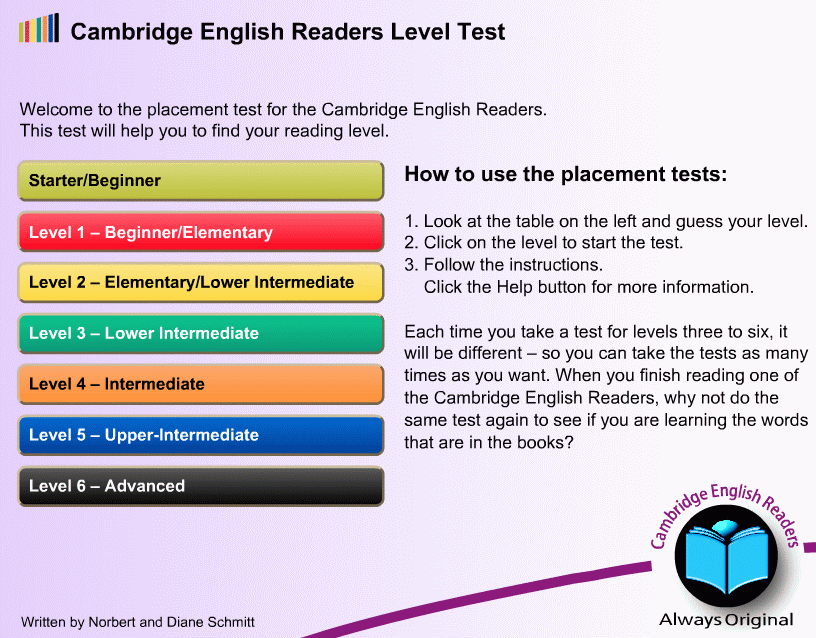
You can pick up on new information, establish connections between yourself and some of the characters, and even improve your understanding of the overall story.
Similarly, allowing your child to read their favorite books for the second, third, fourth (or more) time will enable them to get more from the story.
It also allows for bonding. Did you know that rereading books can help bring your family closer together?
Many of us remember a couple of books that our family read together regularly. This can be a holiday book or a favorite story. Rereading is a great way to get the whole family involved, as everyone can take turns reading and connecting on the same story.
What’s more, reading familiar books can actually help develop a young reader’s fluency. It allows them to learn the words and helps them become familiar with narrative structure or storylines (i.e. beginning, middle, and end), which builds reading comprehension later on.
So feel free to let your child choose the same book over and over!
FAQs About Reading Levels
What Reading Level Should My Child Be In Each Grade?
It’s challenging to answer this question because each child is different and will naturally develop at their own pace. For example, just because your child’s friend has started reading fluently doesn’t mean your child will be able to do that yet.
For example, just because your child’s friend has started reading fluently doesn’t mean your child will be able to do that yet.
While no parent wants their own child to be a little behind compared to their peers, putting too much pressure on them to “catch up” might actually have an adverse effect. In fact, they might feel overwhelmed by the pressure and develop a negative attitude toward reading.
It’s also important to note that there’s no direct link between a certain Lexile measure and a specific grade level. When using any of the reading level measures we mentioned, remember that they are an estimate of a child’s performance and shouldn’t be interpreted literally.
Also, if you’re really concerned about your young learner’s development, you can always address those concerns with their teacher or another professional. They can offer tips and advice on how to best work with your child.
Finally, remember to be patient and positive no matter what. With lots of time and effort, your child will develop a lifetime love of reading!
Who Can Help Me Choose Books That Match My Child’s Reading Level?
The best place to start is to consult your child’s teacher.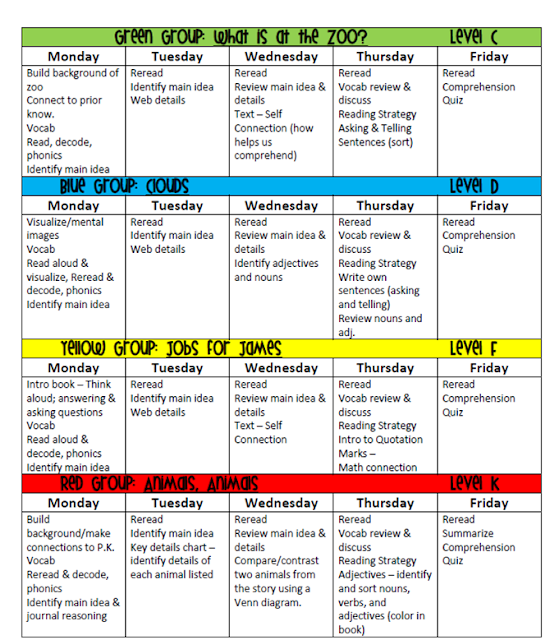 They will have the expertise to guide you in buying the right books for your child.
They will have the expertise to guide you in buying the right books for your child.
It’s also possible for you to look up most books online and find their reading levels. Furthermore, for beginner readers, there are publishers who label books in stages with age and/or grade suggestions attached.
If you’re homeschooling, you can also reach out to your local librarian or bookstores. As people who spend each day surrounded by books, they often have knowledge on this topic and may be able to recommend a few relevant books in your child’s reading level.
What If My Child Is Reading At A Lower Level?
The last thing a parent wants to hear is that their child’s reading level isn’t on par with their peers. But what can you do if, from the assessment used at your child’s school, you find out that your young learner is reading below the average grade level?
Firstly, it’s important not to panic. As mentioned earlier, kids develop reading skills at different stages of their development.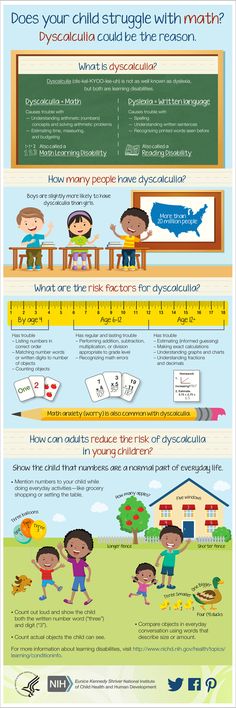 Some children might be early readers, while others may take time to get there.
Some children might be early readers, while others may take time to get there.
The most effective way to help your child improve their reading level is by continuing to encourage reading at home. While reading, remember to discuss the content to ensure comprehension.
Reading For Fun
From assessments to the five-finger rule, determining reading levels varies across the board. No matter which method you choose, remember these measurements are meant to be helpful and encouraging, not stressful and limiting.
Keep this in mind when assessing your young learner. You don’t want your child to sense any stress about their abilities, as this might overwhelm them and have an adverse effect on how they view reading.
While reading is an essential early learning (and lifelong) skill, you want your child to LOVE reading and not only view it as a test of their intelligence.
At the end of the day, the way reading makes your child feel is more important than their reading level.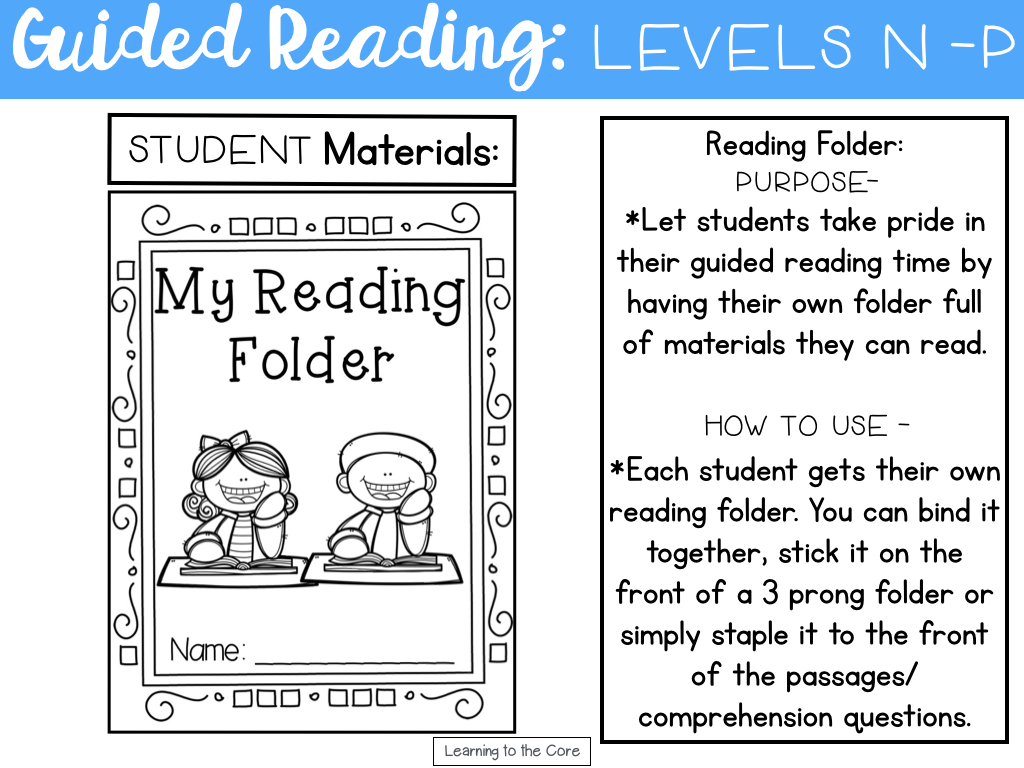 Each child learns in a way that’s special and unique to them.
Each child learns in a way that’s special and unique to them.
The HOMER Road To Reading
The road to discovering how to read can be a fun ride, but sometimes it’s bumpy. This is why we’re more than a learning program. We’re your learning partner.
If you’re looking for a resource to help develop your child’s love of reading and learning, consider taking a look at the HOMER Learn & Grow app. It’s full of stories curated based on your child’s interests!
When your child develops a love for reading, they’ll move up to the next level before you can say “Developmental Reading Assessment”!
Author
How To Determine Reading Level of Your Child & Match Them With Books
Many parents end up worried about choosing the right books for their children. Kids need books that they can read, understand, and enjoy. To ensure you are getting your child the right book to encourage their reading habits and help them improve, you need to understand how to determine the reading level of your child.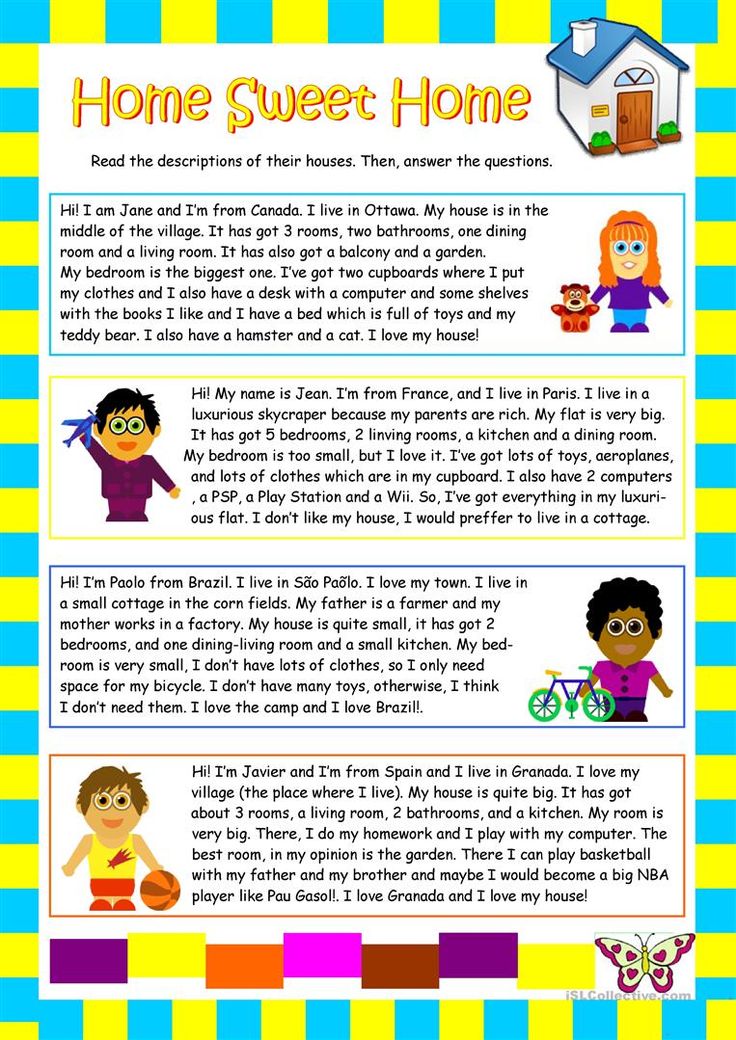
Every child is at a different reading level, and finding the right fit for them will allow you to buy the right books for them.
Books encourage creativity, help kids with comprehension and lead to their growth.
The good news is there are lots of tools and assessments out there to help you determine reading level, and once you know it, you can easily match your kid with the right books thanks to apps like HOMER and other resources.
First, let’s understand what it is before moving to how to determine reading level.
What is a Reading Level?
The reading level simply helps you determine your child’s ability to read independently.
Identifying your child’s reading level will aid you in picking out the best-suited books that keep them engaged and also challenge them to improve.
Every child is unique and so are their development speeds. Your kid’s reading level doesn’t need to be the same as the reading level of the grade they are in. They can be at different levels as compared to their peers and that is completely fine.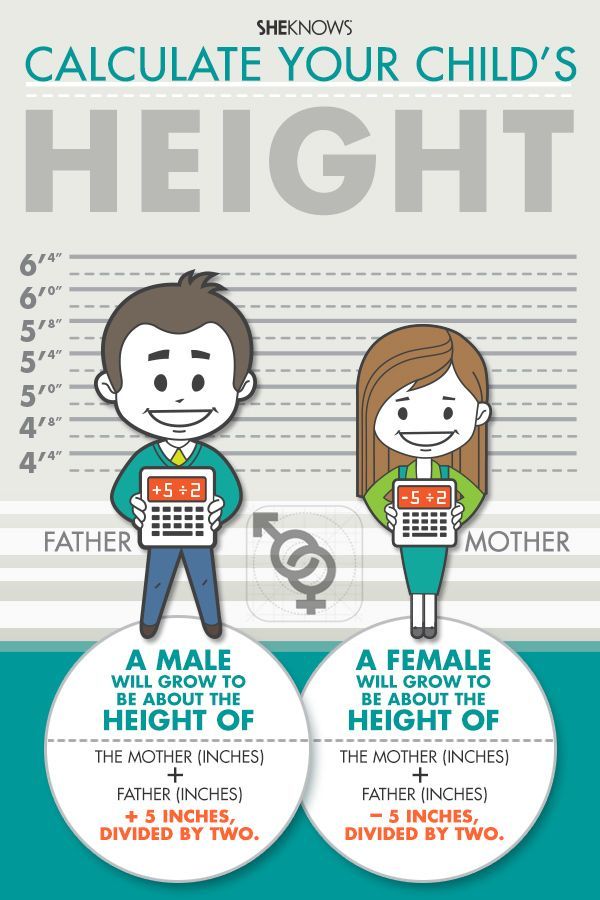
Determining the level is not to stress you out but to help you identify what your kid needs and how to help them grow and learn most effectively.
These levels are not meant to be looked at like limits.
Introducing your kids to books of their reading level will encourage them and give them the confidence boost to continue reading.
Why Is Vital To Identify Reading Levels?
Identifying reading levels is vital because you want to find the content for your kid that keeps them engaged and stirs creativity. Giving them a book too hard for their level will make them frustrated and lose interest (potentially compounding their reading difficulties), and so will a book that is too easy for them.
Finding the right match is where reading levels come in. The books provide them with the right level of content, creativity, and push to move forward.
Once you identify the reading levels, you can use it to search for the books of that level online or in libraries and stores.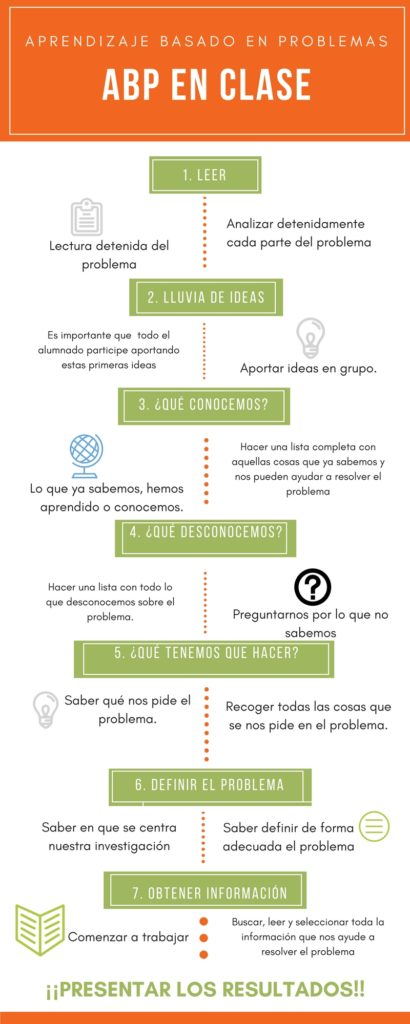 There are multiple applications and programs that help you in determining your kids’ reading level which means you will know exactly what you are looking for your kids, no more guessing your way in bookstores.
There are multiple applications and programs that help you in determining your kids’ reading level which means you will know exactly what you are looking for your kids, no more guessing your way in bookstores.
Ever Heard Of ‘Text That Fits’?
Books are made-to-order. There is no one size fits all strategy or a certain book time relevant for class levels. Each student is different and should be treated as such.
Finding a text that fits is about linking the right text to the right kid. This only happens when you individually understand the needs of each kid when it comes to the content, the interest of the reader, and the book design.
It is important to measure the exact text that fits your kid, that will keep changing as they grow, instead of just providing them with the average book available for that class or grade.
How To Measure Reading Level
There are a few different methods out there you can use to determine reading level:
Fountas-Pinnell Guided Reading Level
This methoduses benchmarking to determine levels.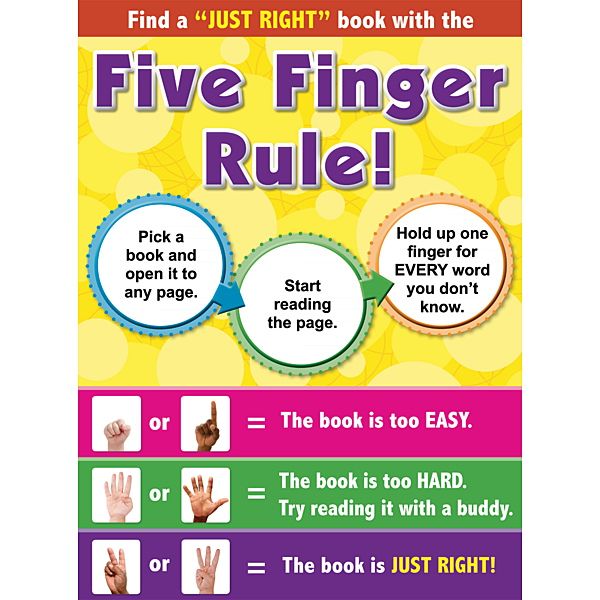 Your kid will sit with their teacher, one on one, and read from a benchmark book for that grade level. The teacher will take notes of missed words, test the pupil’s understanding and ask questions to identify how well the student is doing with the book.
Your kid will sit with their teacher, one on one, and read from a benchmark book for that grade level. The teacher will take notes of missed words, test the pupil’s understanding and ask questions to identify how well the student is doing with the book.
GRL books range from A to Z, the levels starting from A. The teacher will keep track of progress and will move the kid along to more difficult levels. Factors include repetition, the complexity of sentences, and sentence length. This is beneficial as it is widely used, individually tracks development and your child is guided to improve through a proper system.
Grade Level Equivalent
The grade level system is based on assigning grades to the books. This is dependent on the age and the level of education of the kid, what students are typically reading at that age. It comes with a decimal point, which indicates the number of months into the school year, so a 3.2 means a third grade, two months into the school year.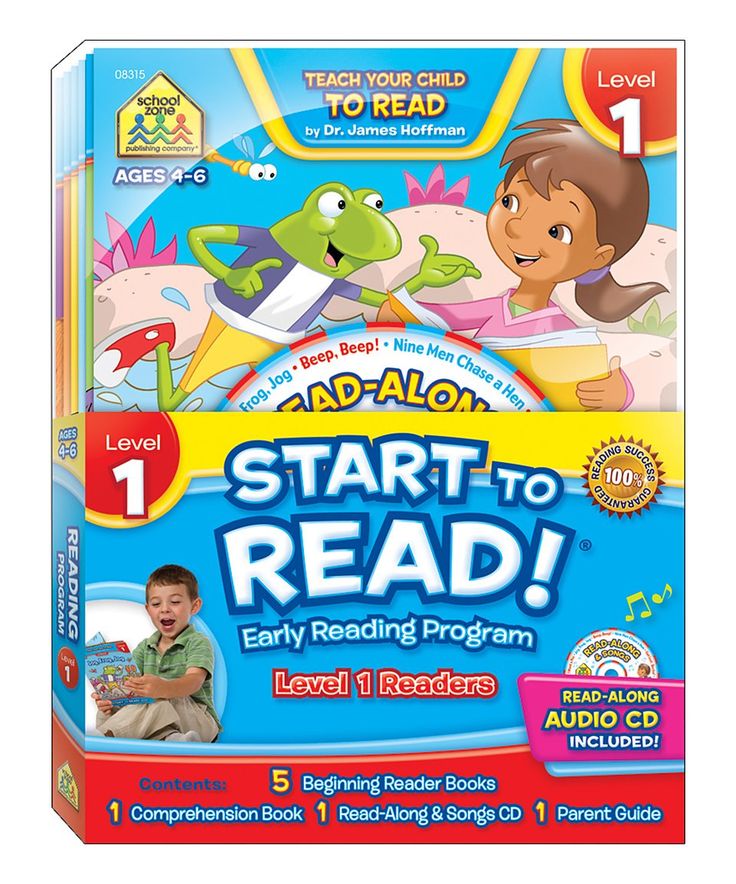
This can be a helpful metric for parents to figure out what books their kid’s friends are reading and what is expected of their kid. However, this is not the benchmark, as every kid is different and develops uniquely.
Developmental Reading Assessment
Developmental Reading Assessment (DRA) involves reading a benchmark book at the beginning of the school year. The child is scored on a range of skills such as accuracy of reading, comprehension, and fluency.
Accuracy
The number of words they can read correctly. The ideal range is 90 to 95% of the words being read correctly, more words read correctly means the book may be too easy for the child and they are eligible to move to the next level. If the accuracy is below 90%, then the book is too difficult, at a frustration level.
Fluency
It is how many words can a child read per minute, it mostly tests the speed and is irrelevant at the earlier stages.
Comprehension
This tests their understanding of the words they have read. This can vary from just facts to deeper insights at different levels.
This can vary from just facts to deeper insights at different levels.
Children who read books matched to their DRA level make improvements in their reading and enjoy their reading too.
Lexile Framework For Reading
This measure determines the level of difficulty using a scale called Lexile. It matches your kid’s reading ability to the books. The scale ranges from 0L to 2000L. It uses the Scholastic Inventory test scores to analyze the reading level of a given text. The students take a standardized test or the Scholastic Reading Inventory to get a reading level matched to their reading ability.
The concept is for the kid to read between the Lexile range. 100L below and 50L above. If your kid has a Lexile score of 300, they will be reading books with a Lexile score between 200L to 350L.
This allows a school to properly measure a child’s reading level multiple times a year to match the kids with the books perfectly suited for them.
Accelerated Reader Book Levels
The Accelerated Reader formula is a complicated readability formula that determines the complexity of a text.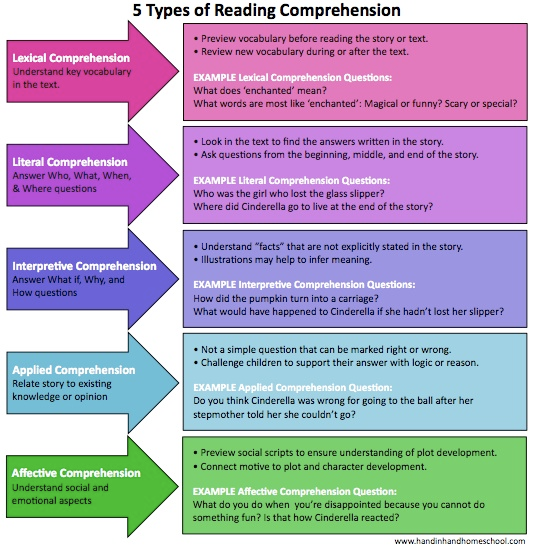 It uses grade level ratings to determine what year and month a student could independently read a book.
It uses grade level ratings to determine what year and month a student could independently read a book.
Accelerated Reader differs from traditional grade-level equivalents in that it also considers interest level. This indicates whether a book’s material is appropriate for the given grade level.
How To Find The Reading Level Of A Book
Now that you have determined your child’s reading level, you are probably wondering how to identify if a book is of that reading level. Several tools help you with this.
1. Scholastic’s Book Wizard
You can search using Scholastic’s Book Wizard tool, the author, and title to find the reading level of the book. It has a database of over 65,000 children’s books. If you don’t know what book to go for, you can search using the reading level too to look for suggestions.
2. Renaissance ATOS Analyzer
The analyzer uses a readability formula to calculate how easy or difficult something is to read.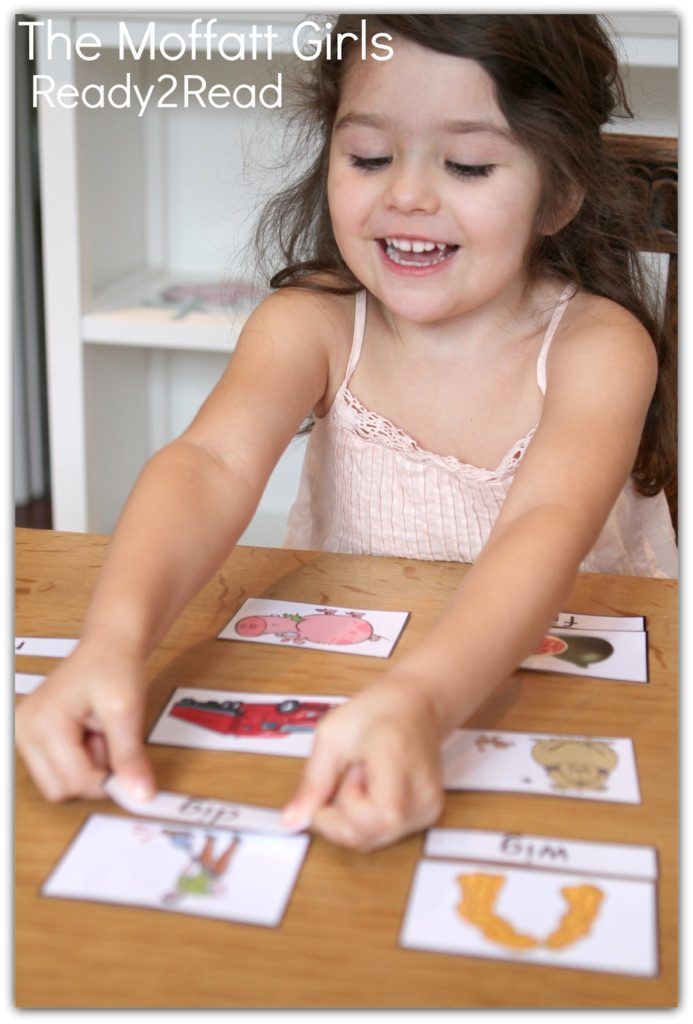 This is a good option if you can’t find the reading level of a book using any other tool. Just copy a text of the book into the ATOS Analyzer to see how it scores.
This is a good option if you can’t find the reading level of a book using any other tool. Just copy a text of the book into the ATOS Analyzer to see how it scores.
3. Lexile Look Up
The Lexile tool allows you to search for books using the ISBN. Just enter the ISBN of the book in the search tool, to see if the book is in the database and check its reading level. The Lexile lookup also has the option for you to view a list of books based on your child’s reading level, allowing you to choose from the suggestions.
4. Accelerated Reader Search Tool
The AR search tool informs the parents about the grade level of the book which tells you if a child will be challenged by the book or will it become frustrating for the kid. It allows you to search for a particular book’s readability, interest level, and Lexile level.
5. Correlation Chart
The correlation chart is perfect if you want to compare a specific measure you know but are looking for another one. It allows you to find the reading level and use the tool to compare the reading level in another measurement. It is part of the State of Washington Public library system.
It allows you to find the reading level and use the tool to compare the reading level in another measurement. It is part of the State of Washington Public library system.
What Is The Five-Finger Test?
The five-finger text is a cool trick you can teach your kids to figure out if a book matches their reading level. It allows your child the independence to choose the right book on their own too. But what is this five-finger test:
- Step 1:Ask them to pick up any book they want to read.
- Step 2: Flip the pages, open the first or any page in the middle, make sure it has the same level of text as the other pages.
- Step 3: Ask them to read it and hold up a finger, from a closed fist, for every word they don’t know or understand.
If the number of fingers up is 0 or 1, it is an easy book, and they can complete it independently. If they are holding up 2 to 3 fingers, it’s just right for them.
It will keep them on their toes.
It is a sweet spot where they will be encouraged to find the meanings of the unknown words.
If they are holding 4 and more, it will be a little challenging for them to read, and they will need a reading buddy, choose this book if you are planning to read it aloud with your kid.
Matching Your Child with the Right Books
Matching the right books is important to your child’s development. Handing them any book will make them lose interest and dissuade them from reading forever.
1. Use reading apps
Best Overall
HOMER - The Essential Early Learning Program and App for Kids 2-8
HOMER is a personalized learning app designed to help kids fall in love with learning. There are over 1,000 learning activities across all subjects, and the content is tailored to your child's age and interests.
Try It Free
We earn a commission if you make a purchase, at no additional cost to you.
Now that you have been introduced to reading levels and how to help your kid along the way, you can use reading apps to match your kids with books that fit them just right.
HOMER can be your learning partner. This educational app provides you with a lot of avenues, from figuring out the reading level to the Learn and Grow app, which is full of a library of books and stories based on your child’s interests.
HOMER Reading is an interactive channel to spark your child’s passion for reading. It has proven to increase reading scores by 74% with just 15 minutes a day.
The program is full of worksheets, games, activities that grow with your child.
HOMER pricing is very affordable at $9.99 a month or lower if you pay for a year in advance.
Click here to try HOMER free for 30 days.
2. Talk to your kid’s teacher
Keep constantly in touch with your child’s teacher. Ask them what you can do, how you can help, and the best ways to support your child at home.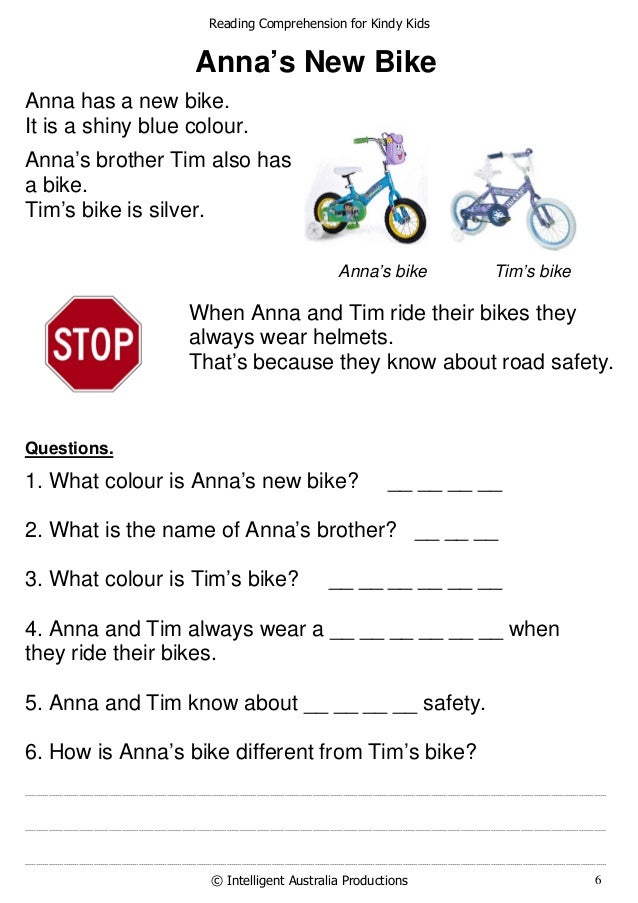 The first step is understanding where your child is at, this will help you decide on the books you should get for them. To understand their progress, it is best to consult their teacher.
The first step is understanding where your child is at, this will help you decide on the books you should get for them. To understand their progress, it is best to consult their teacher.
Ask the teacher about the genres you should experiment with your child and the methods you can incorporate to make the reading experience better.
3. Learn about reading levels
Understanding and figuring out your child’s reading level is important. Guided reading levels are used by teachers to match your kids to their level of books. We have made figuring out reading levels easy for you too, so now you can do it at home. You can match your child’s reading level to the books available online or in stores. You can find a book’s reading level in the product details.
Reading levels are chosen for books based on a variety of factors that make a huge difference in how your child retains information and comprehends.
- Text structure
- Content and theme
- Complex sentences
- Vocabulary words and phrases
- Illustrations
4.
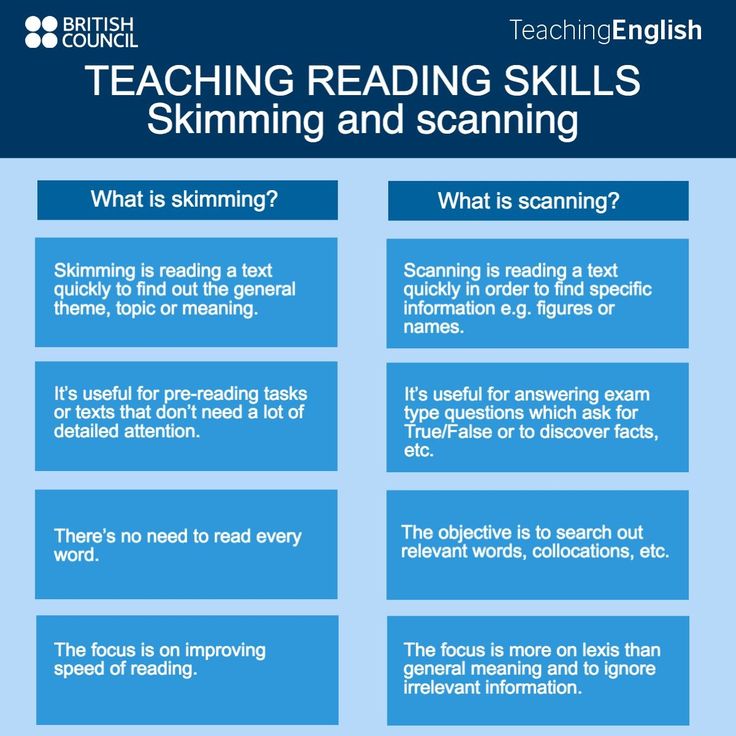 Follow your child’s interest
Follow your child’s interestYour kid might not be picking up a book just because they haven’t found anything to their taste.
Studies have found that 42% of kids have trouble finding the books they like.
Focus on what interests your child and bring them varieties and see what they stick on.
Notice the shows they watch. If they are more into fiction as compared to non-fiction. If they like animal stories, introduce them to fables.
A lot of young kids are interested in adventures, and suspense books keep them hooked till the mystery is solved at the end.
Keep introducing your kids to different tastes till they find the one that clicks.
5. Explore diverse books
Experiment with different kinds of books. Starting with picture books at an early age is always a good idea. Kids learn to associate words with objects and places. Graphic novels with illustrations often prove to be interesting for your child. The images are not an easy way out, but they help instill comprehension in your child.
When your kid is ready to move out of picture books, introduce them to chapter books for long-term stories. It will help develop their love for reading.
The Growing Reader
This is how your growing reader progresses from kindergarten to 3rd grade:
Kindergarten is when your kids start their reading journey. As this school year comes to an end your kid will most likely be able to read and write basic words, know most letters with their sounds, match similar sounding words, and might also be able to read simple text.
First grade. By the time your kid is done with their first year, they would have learned to read many more words and like most other first-graders might also be able to read simple books independently. This is the time when they will be taught phonetic patterns and understand sentence formation, connecting meaning, and joining words. They will be able to identify an increasing list of words by sight.
Second and Third grade.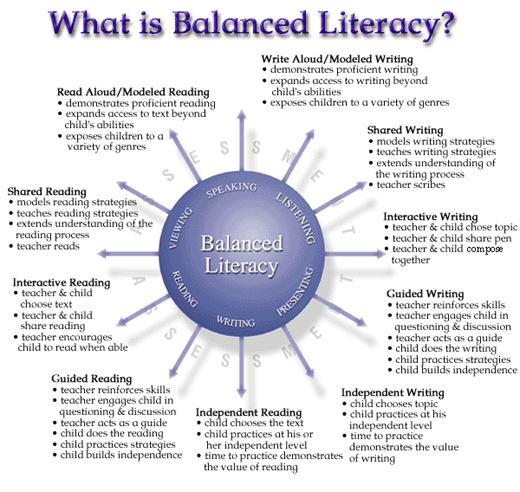 In second and third grade your kids will continue with their learning of phonetics, moving to more advanced patterns. This is when you will notice your child’s reading gets stable, they will be more fluent and expressive when reading, will read out aloud and focus on the text and try to gain as much learning as they can from it. They will want the availability of different genres and might also start to identify different authors, develop a preference for an author or genre. They will start to explore the world around them; the reading will now be to learn.
In second and third grade your kids will continue with their learning of phonetics, moving to more advanced patterns. This is when you will notice your child’s reading gets stable, they will be more fluent and expressive when reading, will read out aloud and focus on the text and try to gain as much learning as they can from it. They will want the availability of different genres and might also start to identify different authors, develop a preference for an author or genre. They will start to explore the world around them; the reading will now be to learn.
It is natural to be concerned about your child’s reading speed and understanding, if at any point you feel there is a problem, consult your child’s counselor, teacher, and doctor if needed. Identification of a problem early on will allow you to address it proactively bringing about the best results for your kid.
How To Raise Your Child To Become A Fluent Reader
You can help your child along the way to become a fluent reader. you can now easily determine your child’s reading level, now you need to identify, choose the right books along, pay close attention to your kid’s reading habits to see how you can help. Working on the suggestions below will help you raise your child to become a fluent reader.
you can now easily determine your child’s reading level, now you need to identify, choose the right books along, pay close attention to your kid’s reading habits to see how you can help. Working on the suggestions below will help you raise your child to become a fluent reader.
Check Cues
Focus on what your child is using to understand and figure out the text. Are they dependent on pictures, are they using context clues to make sense of what word should come next as they read sentences? Is your child getting trapped by hard to sound words and are they trying to sound out the words aloud to make sense of them?
Track Vocabulary
The best way to keep a track of and improve your child’s vocabulary is to play word games with them. Ask them synonyms of a random word, ask them to derive smaller words from a big word, tell them the meaning along the way so they keep learning. Do word puzzles with them daily.
Challenge them to think of a specific number of synonyms or rhyming words.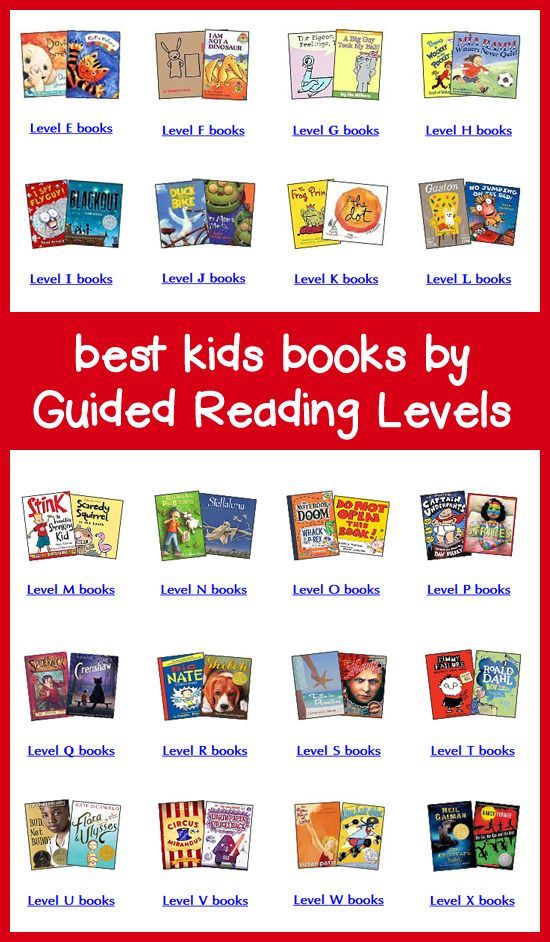 Use interesting adjectives to describe things around you when you go out, teach them on the spot. Make sure you use proper vocabulary with your kids, don’t be afraid to use difficult words, it will only help them improve.
Use interesting adjectives to describe things around you when you go out, teach them on the spot. Make sure you use proper vocabulary with your kids, don’t be afraid to use difficult words, it will only help them improve.
Ask questions
Check their comprehension, ask them to talk about what they have read. Ask them for their opinion, make it a natural thing to discuss the story and their take on it.
Have conversations with your young one
It is vital to understand the importance of verbal communication with your child. They adopt the words you use around and with them. Conversations will help them develop an understanding of words, structures, and their meanings. Tell your kids stories from a young age develops an interest in them for stories which can eventually translate into reading the stories for themselves.
How to Make Reading Fun for Kids
It is not mandatory that your kid loves reading from day 1, but there are ways to make the activity fun, engaging and make reading a lifelong habit for your kid.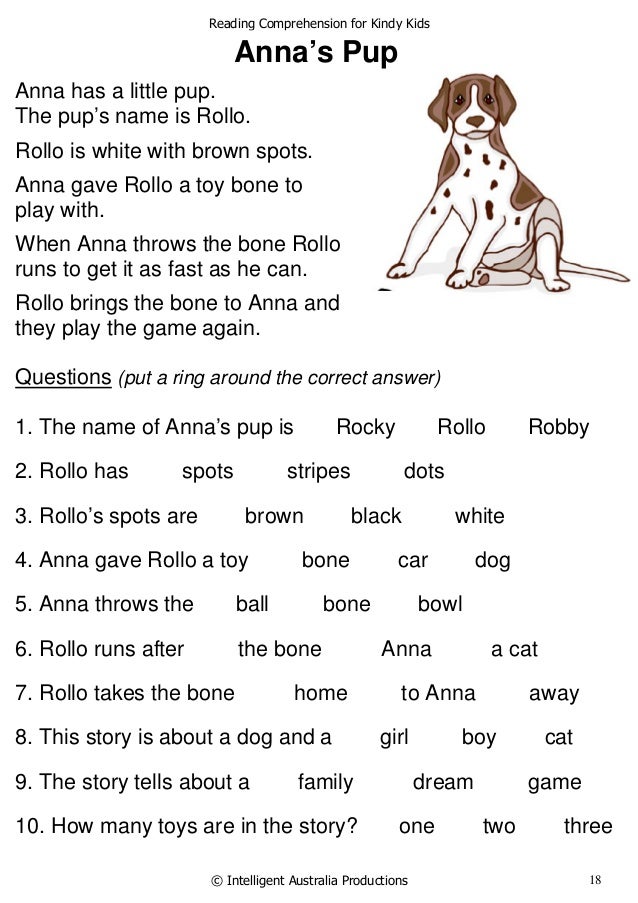 These strategies will make reading fun for your kid:
These strategies will make reading fun for your kid:
1. Flexible reading
To develop their interest in reading, you need to ensure they have the time to read. Enable them with a lot of opportunities and resources. Ensure your kid is under no pressure to read but has the flexibility to pick up a book anytime during the day. They shouldn’t have to report back if they don’t feel like it. Allow them to read at their own pace.
2. Choose books themselves
Reading is fun only when the kid is reading what they want to. Allow them the room to choose what books they want to read. You can offer suggestions about the next series or another author. More often your kid will tell you what kind of book they want to read and you will have a genre to choose from.
3. Bring in technology and their smart devices
The digital generation can be hardly convinced to leave their screens, and one way to incorporate reading is to integrate it into their screen time. Provide them with online libraries to browse through, interactive eBooks, and audiobooks. Augmented reality keeps the students engaged by bringing the text to life, through images, videos, and sound.
Provide them with online libraries to browse through, interactive eBooks, and audiobooks. Augmented reality keeps the students engaged by bringing the text to life, through images, videos, and sound.
Reading apps, like HOMER, can make it fun and exciting for kids to improve their reading skills. A lot of times, kids will be learning without even realizing it because the games are so fun.
4. Ensure a peaceful environment
You can create a stress-free space for you and your kids to just let go, grab a book and settle in for 10-20 mins during the day. Decorate the space with bean bags, comfortable lighting, cushions, plants, and mats. Allow them to retreat to their corners of the room to read while you retreat to yours.
5. Engage with reading contests
You can create small rewards and challenges to make the activity fun. Offer them gifts and host competitions if they reach certain progress. This will motivate and also make it fun for you and the kids.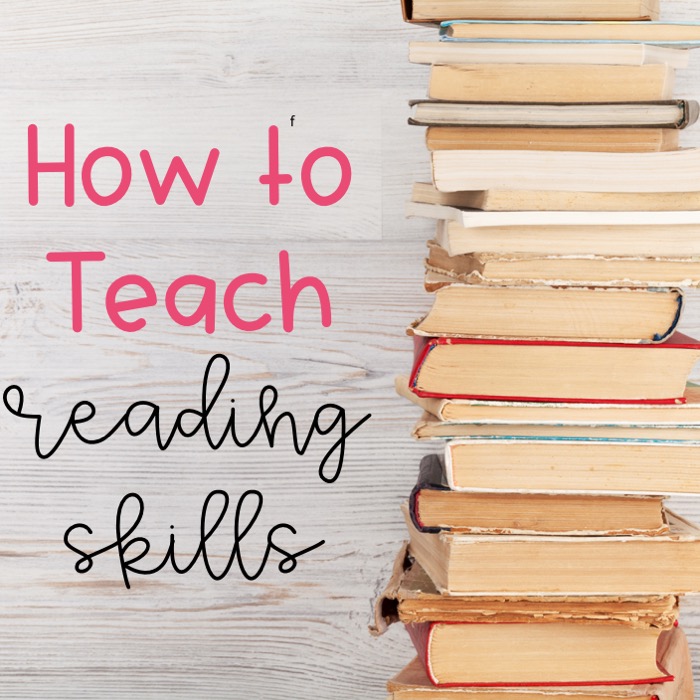
6. Introduce post-reading fun
Post-reading activities allow you to keep a tab on your kid’s comprehension skills and ensure they are understanding what they read. Plan some fun activities, ask them to write alternative endings to stories, make them serious or silly. Act out different characters, encourage them to develop a skit around the story, and act it out. This will encourage creativity as well.
A Final Word on Determining Your Child’s Reading Level
Whether you’re homeschooling your kid or just working with them after school, understanding their reading level and working with them to find books that fit their skills can help foster a lifelong love of reading.
Remember, every child learns at a different pace, so be patient and consistent when helping your child improve their reading skills.
Have any questions about how to determine reading level for kids? Comment below so we can help.
- Author
- Recent Posts
Fatima Mansoor
Fatima Mansoor is a freelance writer covering education technology.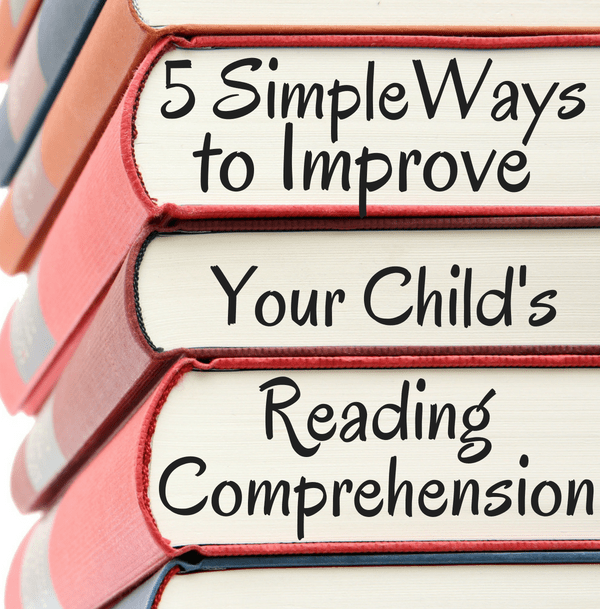 She has a Master of Arts (MA) in English Language Teaching.
She has a Master of Arts (MA) in English Language Teaching.
Latest posts by Fatima Mansoor (see all)
Read speed test. Online simulator for developing reading speed and awareness skills in 2021!
Reading speed is an important indicator not only for schoolchildren, who regularly check it. It is very important for an adult in the modern world to be able to navigate in huge flows of information. A reading speed test will help you determine your current level and see if you need to work on improving this skill or if you are reading fluently enough.
Content
1. How to check reading speed?
2. How can I check my reading speed myself?
3. How to test a child's reading speed?
4. What reading speed is considered normal for adults and children?
5. How to choose the right text to test reading speed?
6. The book "Everything you wanted to know about speed reading, but were afraid to ask"
How to check reading speed?
The easiest way is to take a stopwatch (you can use the application on your phone), a text to check your reading speed and read it at a normal pace for one minute. It is important that the text is non-technical, does not contain highly specialized terms and concepts, and is not familiar to the reader. The text should not be too primitive. The testee must see the text for the first time so that the results are not artificially inflated.
It is important that the text is non-technical, does not contain highly specialized terms and concepts, and is not familiar to the reader. The text should not be too primitive. The testee must see the text for the first time so that the results are not artificially inflated.
But what do you care about speed, if you don't understand with what awareness you absorb the text? :)
A much better way to find out your reading speed is to take a free online test. To do this, sit back, enter your name in the form above, press the button and you will immediately see the text that you need to read, slowly, trying to understand everything that is written.
When the entire text is read - click on the button at the very bottom. The program will automatically determine the reading speed and prompt you to answer a few questions to understand the degree of assimilation of the material. As a result of testing, you will receive not only the result of your reading speed and awareness, but also recommendations for improving your reading technique in the format of the book "Everything you wanted to know about speed reading, but were afraid to ask. " Enter a name. Click the button and find out your real reading speed. Have a good day.
" Enter a name. Click the button and find out your real reading speed. Have a good day.
How can I test my reading speed myself?
We have prepared for you a tool with which you can independently check the speed of reading. Our tool include a certain amount of text that you need to read as quickly as possible. You will then have the opportunity to answer a series of questions about the text, allowing the program to determine your level of understanding. Based on the data received, a result and a certificate are issued. This certificate can be shared with your friends on social networks and challenge them to a battle to test the speed and awareness of reading :).
If you want to do it yourself, you can do it according to the following scenario. A text of medium complexity is taken, located on one sheet. You will need an assistant who will keep track of the time and will be able to test the level of your understanding of the information. Check algorithm:
Simultaneously with the start command and the start of the stopwatch, you begin to silently read the text.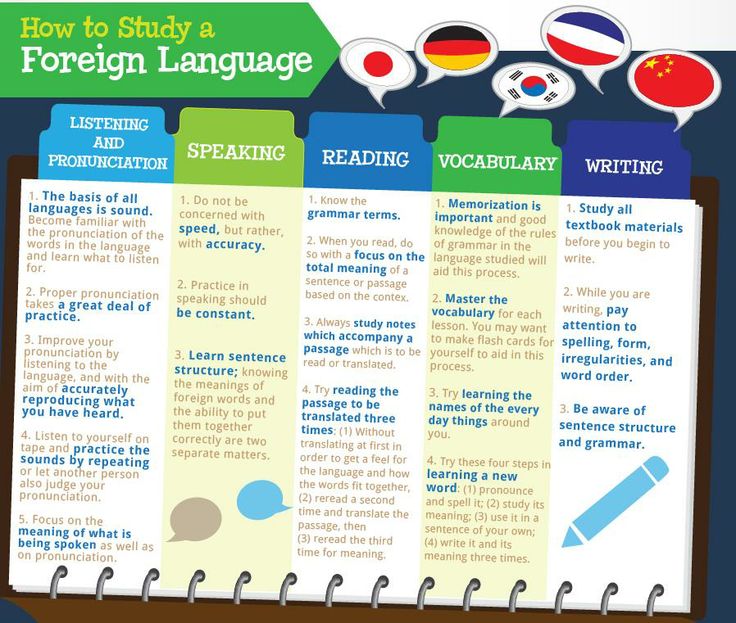
When the text is finished, you say stop - time stops.
Then you need to answer a few questions regarding the content (reading speed implies a full reading comprehension).
The last step is to count the words in the text and determine the average number of words per minute (words in the text can be counted before reading).
This is the certificate you can get based on the results of passing the test
How to check the reading speed of a child?
A child's reading speed can be tested in a similar way. The child should read aloud, at least in elementary school. Then you can switch to the usual way of checking for adults.
Schools often test reading skills by counting the number of words read per minute. This gives a small error, since words come in different sizes, but a similar verification method can also be used.
What reading speed is considered normal for adults and children?
The average reading speed for an adult is 200-230 words per minute.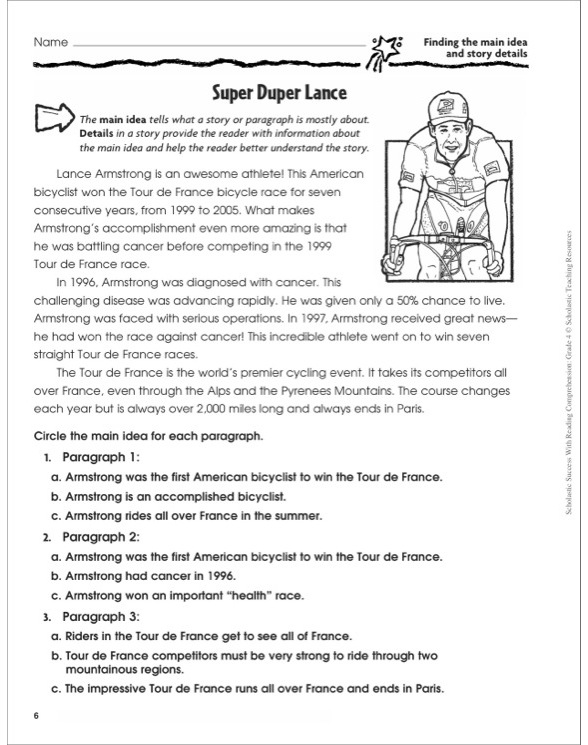 Below average, but an acceptable rate is 150-200 words per minute. Adults who read more than 230 words per minute are considered fast readers. For the speed reading technique, the optimal speed is 350-400 words per minute.
Below average, but an acceptable rate is 150-200 words per minute. Adults who read more than 230 words per minute are considered fast readers. For the speed reading technique, the optimal speed is 350-400 words per minute.
In children, the indicators are dynamic and change depending on age. Approximate norms used in elementary school:
20-30 words per minute for first grade;
45-60 words per minute for second grade;
70-85 words per minute for third grade;
90-125 words per minute for fourth grade.
How to choose the right text to test reading speed?
The criteria for selecting text to test reading speed are identical for adults and children. The only difference is the volume and complexity of the information. The text must match the following parameters:
medium difficulty appropriate for age;
the absence of specific unfamiliar words or their minimum number;
no dialogs;
location on one page;
large, comfortable to read font;
lack of pictures and other distracting elements.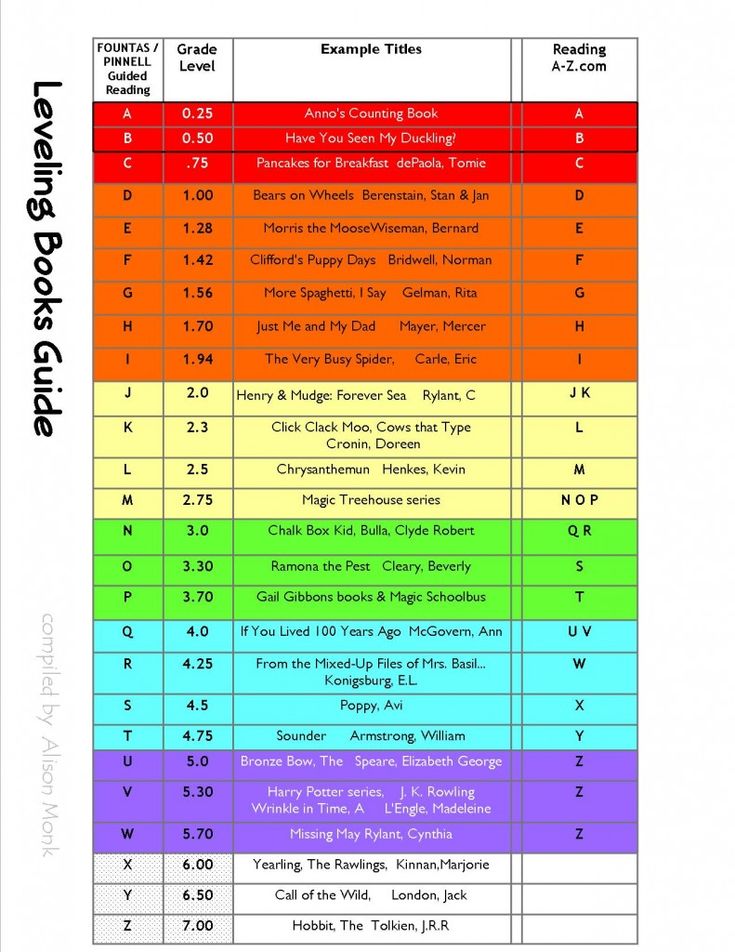
In our tool for testing reading speed and comprehension, we tried to take into account all these factors so that the resulting tool would be convenient for both adults and children. At the same time, he gave a fairly clear answer to the question about the real reading speed.
It should be remembered that reading speed is a variable parameter, which decreases if a person rarely sits down at a book, and increases with constant reading. There are many special techniques aimed at significantly increasing the speed of reading text information.
Everything you wanted to know about speed reading but were afraid to ask test. So don't waste a second,
go back to the very top of the page and go take the test!Reading speed test online is simple, convenient and fast
We have already written so much here about how to correctly measure your reading speed, achieve awareness and interpret the results, that every second of delay before you pass the online reading speed test and receive a personal certificate is just like death. Return to the very beginning of the page, enter your name in the field under the video and go to the enchanting world of unfamiliar texts and tricky questions :).
Return to the very beginning of the page, enter your name in the field under the video and go to the enchanting world of unfamiliar texts and tricky questions :).
📖 Reading speed Q&A section
📕 What formula is used to calculate reading speed?
If it’s very short, then the formula for calculating the reading speed is as follows: V = (Q / T) x K. This formula allows you to get a real figure for reading speed with a correlation to the coefficient of meaningfulness. You can read more about the formula here in this article .
📗 What books do you recommend reading to develop speed reading?
We have compiled a list of the most useful books for the development of speed reading and posted it in a separate post on the blog. The list is constantly updated and gives an idea of the main books with which you can develop speed reading skills.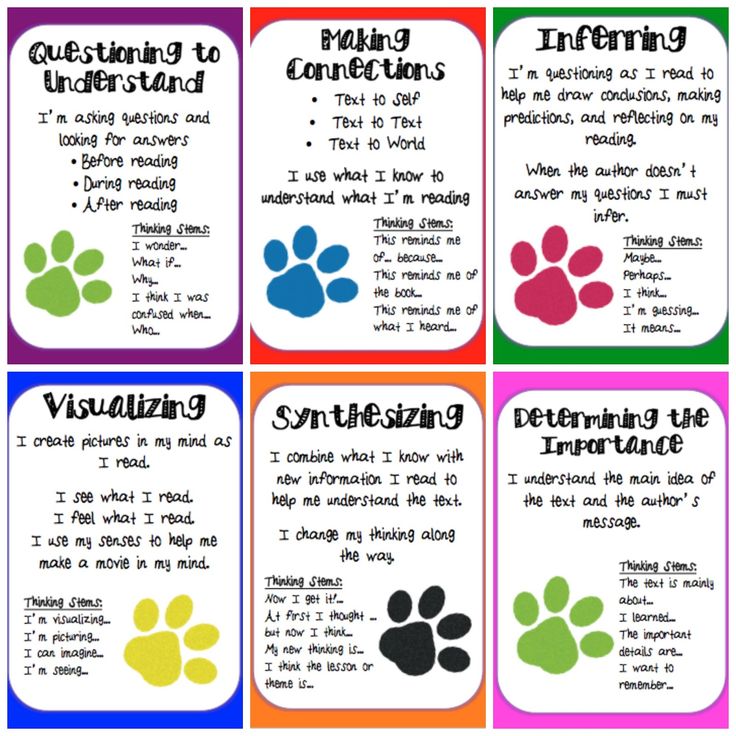
📘 What if I want to increase my reading speed?
You can start by learning the theory, or you can download our workbooks , which we have created especially for those who who wants to start learning speed reading. There are two of them: one notebook for adults, the second for children. Contains some theory and practical exercises designed for several weeks of regular classes.
📙 How to check a child's reading speed?
The reading speed test, which is located on our website, is suitable for both adults, as well as for children. We specifically tried to choose mostly literary texts that will be easy to read. to understand the child. Just go to the reading speed test page from the link above, enter child's name and start reading. Then the program will do everything for you.
📔 I want to check my reading speed online for free.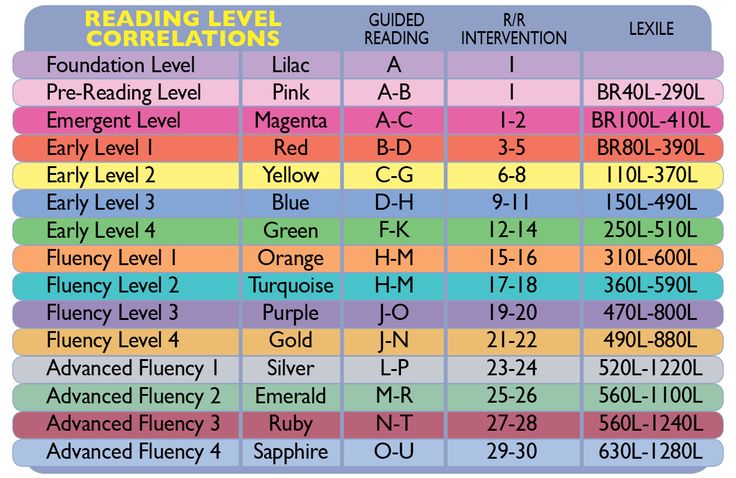 How to do it?
How to do it?
Easier nowhere. The tool, which is located at https://bukva.info/rapid/ , was created just for this. You just enter your name, read the text and answer the questions. The program monitors the speed of your reading and its meaningfulness. After answering the questions, you will receive a certificate with your result. The certificate can be shared with friends in social networks :).
📓 What is the "Read Fast" project?
Read Fast is a project dedicated to the problem of fast and conscious reading. We believe that you can read 3-4 times faster. However, the quality of memory reading material will only increase. Let's try together :).
Reading Technique: Test - INTELLIGENT
The school curriculum clearly articulates the requirements for reading skills that a child must master in a certain period of time in each class.
Contents
- Reading standards in primary school according to GEF by quarters
- What is important to consider when checking reading technique?
- Reading test requirements
- Texts to test reading technique in grade 1
- Texts to test reading technique in grade 2
- Texts to test reading technique in grade 3
- Texts to test reading technique in grade 3
- How to test reading technique correctly?
- Child Reading Technique Chart and Chart
- Reading Speed Trainer
Reading standards in primary school according to the Federal State Educational Standard by quarters
Data for grade 1 are also indicated with grades in order to be able to realistically assess the child's abilities at the moment. Naturally, in the 1st grade, the teacher checks the reading technique without grading.
Naturally, in the 1st grade, the teacher checks the reading technique without grading.
In addition, it must be taken into account that if the child is studying in a lyceum or gymnasium, then the standards will be higher.
When checking the reading technique, the following parameters are taken into account:
- speed;
- reading method;
- understanding;
- expressiveness;
- correctness
The most important of the listed items are: the pace of reading and the comprehension of the material read. The child must understand what he is reading!
We are all different. Some children experience inexplicable excitement during reading tests. Hence, the result is often shown worse than they could. Therefore, I decided to tell all the subtleties of this process so that parents can correctly check the reading technique of their child at home.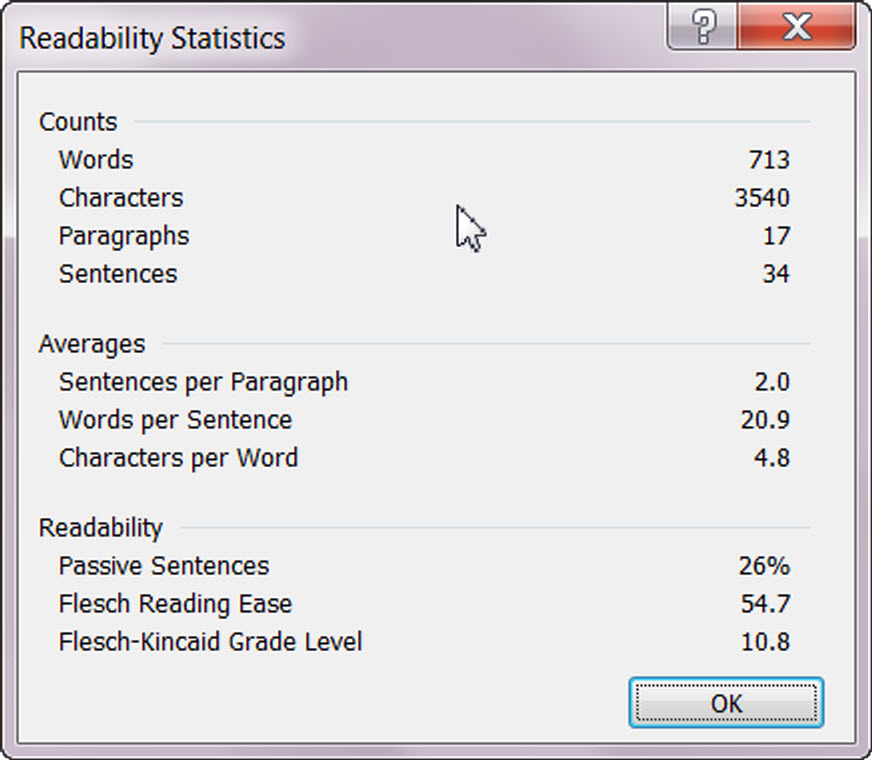
First , you will see the real problems and know what to look out for.
Secondly , the child will practice and stop worrying.
Reading test texts
Reading test should use suitable texts. Do not use the first story or passage that comes to hand. The evaluation results will be incorrect.
There are quite specific requirements for texts:
- the child must see him for the first time;
- text must be age appropriate;
- sentences should be short enough, without complicated constructions;
- is better if it doesn't have dialogues;
- should not include illustrations;
- text must fit on one page;
- be printed in large, easy-to-read print.
Texts to test reading technique in grade 1
In a grove
The children came to the grove. It's fun and noisy. The bee took honey from the flower.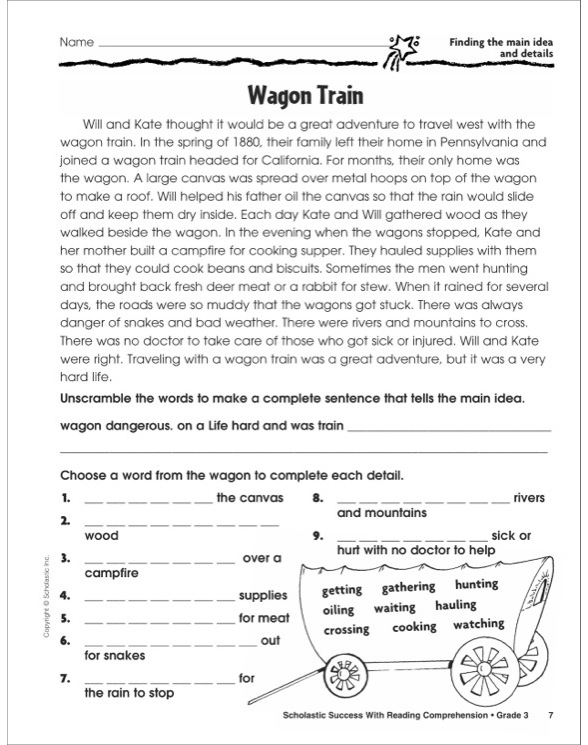 An ant was dragging a blade of grass. The pigeon was building a nest for pigeons. The bunny ran to the stream. The stream gurgled over the rocks. He worked. The stream provided clean water to people and animals. (38 words) (According to K. Ushinsky)
An ant was dragging a blade of grass. The pigeon was building a nest for pigeons. The bunny ran to the stream. The stream gurgled over the rocks. He worked. The stream provided clean water to people and animals. (38 words) (According to K. Ushinsky)
Forest Orchestra
Chaffinches, nightingales, song thrushes sing with sonorous, clear voices. Beetles and grasshoppers creak. Woodpeckers are drumming. Orioles whistle with a flute. Foxes and white partridges bark. Howling wolf. Owl hoots. Bumblebees and bees buzz. All the forest dwellers sing and play, who can play what and how they can. (42 words) (According to V. Bianchi)
Cunning fish
For a long time I sat with a fishing rod on the shore. Minnows do not peck at me. And grandfather is sitting under a bush and has already caught a bucket. I sat down in the shade. Immediately the minnows began to peck. It turns out that in a clean place the shadow of the fishing rod is visible. So the cunning fish did not go to the hook. (48 words) (According to E. Shim)
It turns out that in a clean place the shadow of the fishing rod is visible. So the cunning fish did not go to the hook. (48 words) (According to E. Shim)
Bats
Bats are very useful animals. They eat harmful insects. During the day, bats wrap their wide wings like cloaks and hang upside down in dark places. The night is coming. They fly out to hunt. Many harmful insects fly at night. Almost all birds sleep at this time. Therefore, the "work" of bats is especially important. (51 words) (According to Yu. Dmitriev)
Summer
White lilies and golden water lilies opened on the river. Water porridge blooms wildly over the water. A wild duck brought little ducklings out of the sedge. White and blue dragonflies fly over the water. Pot-bellied crucians swim in the water.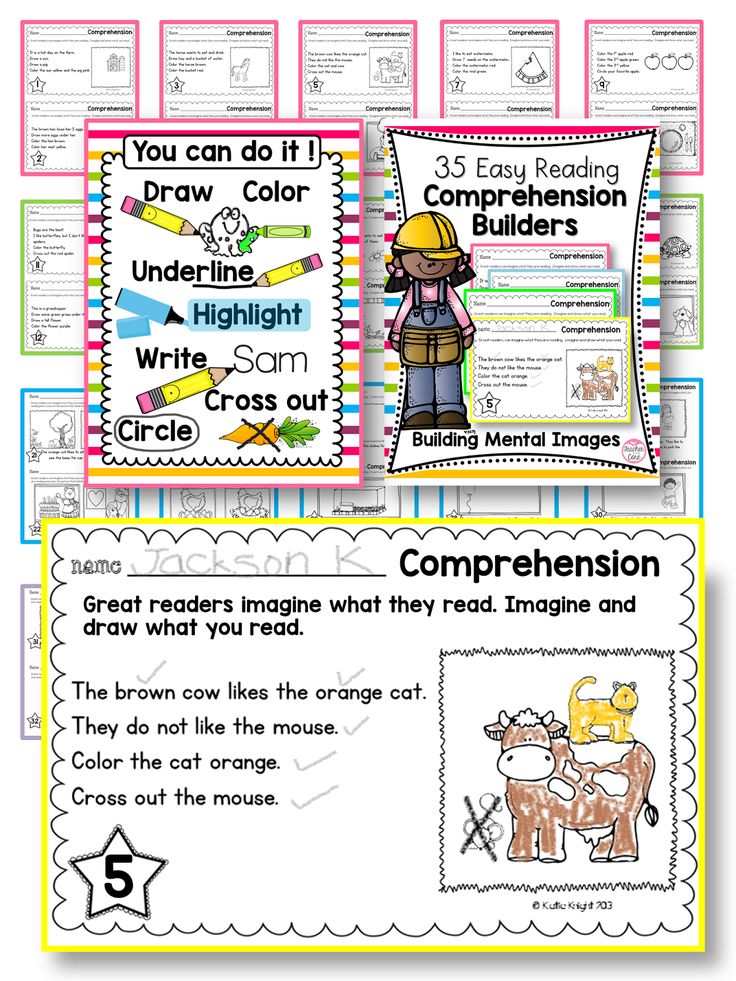 In the green sedge calmed down, a toothy little bee lurked. Water spiders scurry about the pond on long legs. It's good to run around the meadow and lie down in the grass under the birches. (59 words) (According to I. Sokolov-Mikitov)
In the green sedge calmed down, a toothy little bee lurked. Water spiders scurry about the pond on long legs. It's good to run around the meadow and lie down in the grass under the birches. (59 words) (According to I. Sokolov-Mikitov)
Living hat
The hat lay on the chest of drawers. Kitten Vaska was sitting on the floor. Vovka and Vadik were coloring pictures. Suddenly, behind them, something plopped onto the floor. The boys turned and saw a hat on the floor. Suddenly the hat crawled. She crawled out into the middle of the room and stopped. The boys got scared and ran to the kitchen. They picked up potatoes and started throwing them at the hat. The hat will bounce up! A kitten jumped out of it. (63 words) (According to N. Nosov)
Texts to test reading technique in grade 2
It was autumn.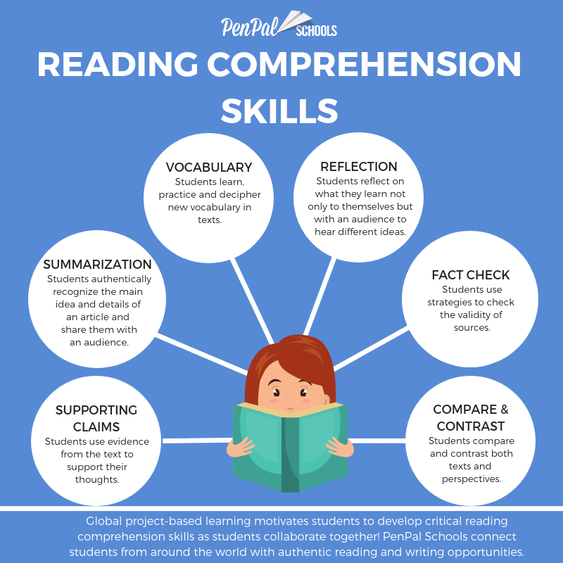 The leaves in the forest flew around. The hunters lit a fire. Potatoes were fried in a pan. She smelled delicious. Suddenly, an animal snuffled angrily in the grass. He stuck his wet black nose out of the grass. The nose sniffed the air for a long time and trembled with greed. A small badger crawled out of the thickets. He looked around. Then he took a step towards the fire, jumped and stuck his nose into the potatoes. It smelled like burnt leather. The badger rushed back to the grass to treat his nose. (68 words) (According to K. Paustovsky)
The leaves in the forest flew around. The hunters lit a fire. Potatoes were fried in a pan. She smelled delicious. Suddenly, an animal snuffled angrily in the grass. He stuck his wet black nose out of the grass. The nose sniffed the air for a long time and trembled with greed. A small badger crawled out of the thickets. He looked around. Then he took a step towards the fire, jumped and stuck his nose into the potatoes. It smelled like burnt leather. The badger rushed back to the grass to treat his nose. (68 words) (According to K. Paustovsky)
Swans
Once I saw two white birds on the lake. They were whooper swans. My grandmother said that they have been swimming here for over two weeks. So they liked this place. They want to live here. I made a floating bird feeder. He poured grain, soaked bread into it. The swans did not dare to approach the feeder for a long time. But one day one of them swam up and took the bread.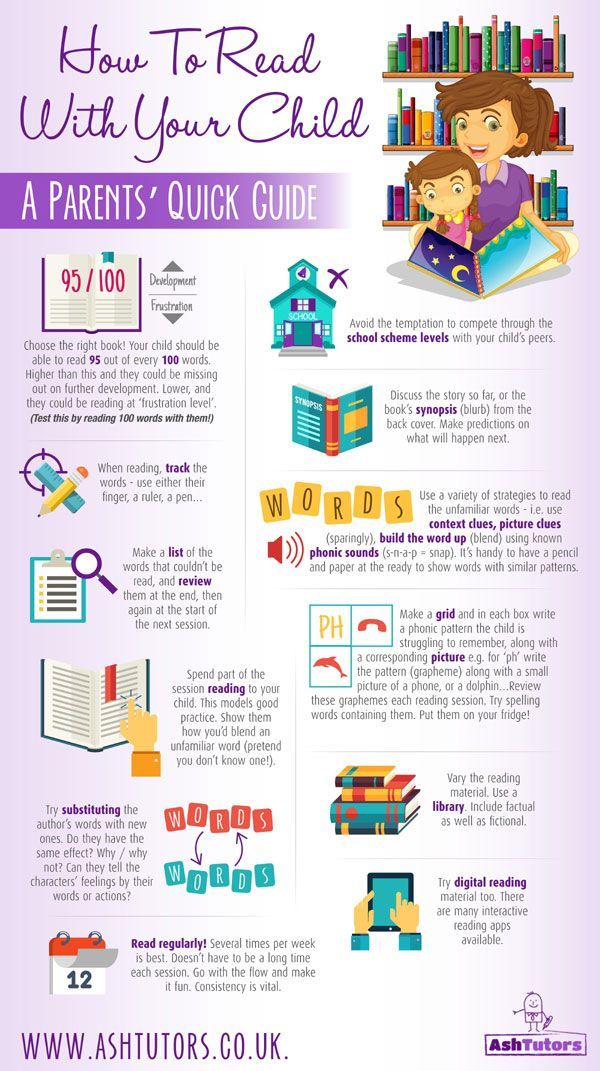 Gradually the swans got used to me. They took food straight from their hands. (70 words)
Gradually the swans got used to me. They took food straight from their hands. (70 words)
Squirrel
A squirrel built a nest on a tall pine in the forest. Everything is round, closed, and on one side a loophole is left so that you can climb inside. The squirrel is a dexterous animal. All day long, from knot to knot, from tree to tree, he jumps - where he picks a berry, where a fir cone. And autumn will come - then the squirrel will begin to prepare supplies for the winter. Either he will hang the mushrooms to dry, or he will hide the nuts in a hollow. It's cold, hungry in winter, so supplies will come in handy for the squirrel. (70 words) (9 each0161 V. Chaplina)
Ant's path
Ants had a bridge across the stream - the tree fell, they ran along it. People used to walk here and squash the ants every day. However, insects cannot be stopped if they have chosen their own path. What to think? Someone did it very simply; took it and put another log next to it. Ants crawl on their bridge, and a man takes his steps on a new log. The ants, of course, did not know who took care of them. But we can say for sure: a good person did it. (72 words)
What to think? Someone did it very simply; took it and put another log next to it. Ants crawl on their bridge, and a man takes his steps on a new log. The ants, of course, did not know who took care of them. But we can say for sure: a good person did it. (72 words)
Texts to test reading technique in grade 3
Fairy tale in the forest
The great storyteller Andersen was walking in the forest. In the clearing he saw a lot of mushrooms. In the evening he returned to the clearing. Under each mushroom, he hid a candy or a ribbon. Under one is a wax flower, under the other is a thimble. Here is a gingerbread, there is an apple. In the morning the storyteller brought the forester's daughter to the glade. She was seven years old. Under each mushroom, she found a gift. There was only gingerbread. It must have been taken by a crow. The girl's eyes burned with delight.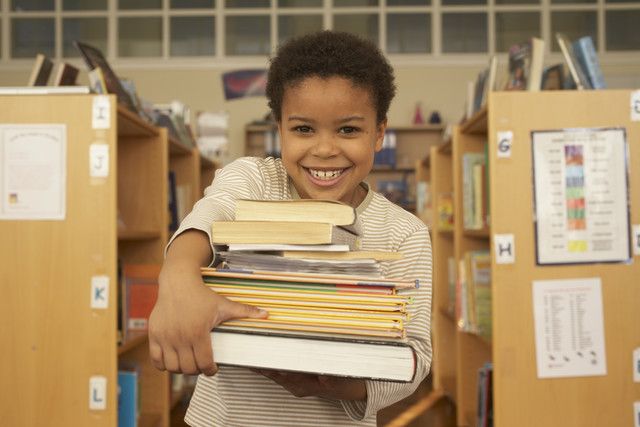 And the storyteller told her that these gifts were hidden by gnomes. (78 words) (According to K. Paustovsky)
And the storyteller told her that these gifts were hidden by gnomes. (78 words) (According to K. Paustovsky)
What are hollows ?
Every hollow in the forest is a mystery. A skilled tracker will unravel the hollow dweller by following the tracks. There are hollow rooms. Squirrels and woodpeckers spend the night in them. The owl spends the day in a hollow, and at night it flies to hunt. There are hollow pantries. The squirrel hides nuts in them. The marten will put a forest mouse in reserve. There are hollow bedrooms. All winter the bat sleeps in the hollow. She hibernates upside down. All winter he does not eat or drink anything. So many hollows, so many mysteries. (74 words) (According to N Sladkov)
Forest Gourmet
The hunters were walking through the taiga. Suddenly they heard screeching and grumbling. The hunters followed the noise cautiously. A young bear was busy with a large linden tree. There was honey in the hollow. But the linden grew close to the rock. Stones interfered with sticking a paw into the hollow. The bees stung the thief. He rubbed his muzzle with his paws and shouted in a thin voice. Finally the bear got tired and sat down. He looked at the linden for a long time. Then he climbed to its top. The bear squeezed between a rock and a tree. He pressed hard on the tree with his paws. The linden crackled and collapsed. Now getting honey was easy. The hunter fired into the air. The mouse ran away. The hunters collected a bucket of honey. There was honey for the Bear. (79 words) (According to Vl. Arseniev)
Suddenly they heard screeching and grumbling. The hunters followed the noise cautiously. A young bear was busy with a large linden tree. There was honey in the hollow. But the linden grew close to the rock. Stones interfered with sticking a paw into the hollow. The bees stung the thief. He rubbed his muzzle with his paws and shouted in a thin voice. Finally the bear got tired and sat down. He looked at the linden for a long time. Then he climbed to its top. The bear squeezed between a rock and a tree. He pressed hard on the tree with his paws. The linden crackled and collapsed. Now getting honey was easy. The hunter fired into the air. The mouse ran away. The hunters collected a bucket of honey. There was honey for the Bear. (79 words) (According to Vl. Arseniev)
Antarctica
Antarctica lies in the far south. A huge ice cap more than a kilometer thick covers Antarctica. Only in some places black and brown hills, covered with rare patches of moss, protrude among the ice. The fauna of Antarctica is poor. Best of all, penguins were able to adapt to the harsh climate. They inhabit the shores of the Antarctic seas. Whales, sperm whales, dolphins swim in coastal waters. Antarctica keeps many secrets. Scientists have already mapped huge mountain ranges. There are many valuable minerals in Antarctica. But all this is hidden under the ice. Scientists from all over the world are exploring this region. (80 words) (From the magazine "Murzilka")
Only in some places black and brown hills, covered with rare patches of moss, protrude among the ice. The fauna of Antarctica is poor. Best of all, penguins were able to adapt to the harsh climate. They inhabit the shores of the Antarctic seas. Whales, sperm whales, dolphins swim in coastal waters. Antarctica keeps many secrets. Scientists have already mapped huge mountain ranges. There are many valuable minerals in Antarctica. But all this is hidden under the ice. Scientists from all over the world are exploring this region. (80 words) (From the magazine "Murzilka")
Morning rays
A red sun appeared in the sky and began to send its golden rays everywhere to wake the earth. The first beam flew by and hit the lark. He started up, fluttered out of the nest, rose high, high and sang his silver song. The second beam hit the bunny. The bunny twitched its ears and hopped merrily across the dewy meadow. He ran to get himself juicy grass for breakfast. The third beam hit the chicken coop. The rooster flapped its wings and sang. The chickens cackled, began to rake up rubbish and look for worms. The fourth ray hit the hive. A bee crawled out, flew to collect honey from fragrant flowers. (86 words) (According to K. Ushinsky)
The bunny twitched its ears and hopped merrily across the dewy meadow. He ran to get himself juicy grass for breakfast. The third beam hit the chicken coop. The rooster flapped its wings and sang. The chickens cackled, began to rake up rubbish and look for worms. The fourth ray hit the hive. A bee crawled out, flew to collect honey from fragrant flowers. (86 words) (According to K. Ushinsky)
Texts to test reading technique in grade 4
Crane
The arrival of cranes promises close warmth. Our people love these birds. He composed many fairy tales and songs about cranes. The crane is very tall on its feet. It has large wings and long feathers. The beak of the crane is strong and sharp. The crane builds its nest right in the hole in the field. The crane lays two large eggs on dry grass. The young are taken away by their parents into the bushes or into the reeds.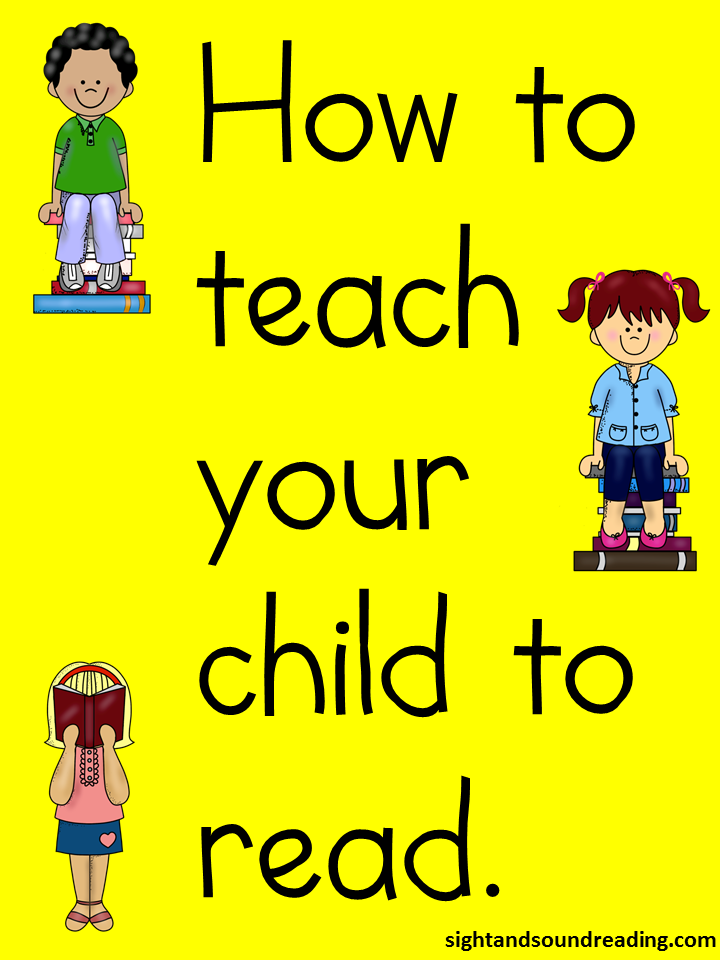 A wounded crane rushes on its back and beats the dog with its legs and beak. One hunter lost an eye while trying to grab a wounded crane. Now hunting for cranes is prohibited in our country. (95 words) (According to S. Aksakov)
A wounded crane rushes on its back and beats the dog with its legs and beak. One hunter lost an eye while trying to grab a wounded crane. Now hunting for cranes is prohibited in our country. (95 words) (According to S. Aksakov)
Apple tree
A wild apple tree grew in the forest. In autumn, a sour apple fell from it. The birds pecked at the apple and pecked at the grains. Only one grain hid in the ground and remained. In the spring, when the sun warmed the wet earth, the grain began to germinate. The spine went down, and the first two leaves were kicked up. A stalk with a bud ran out from under the leaves, and green leaves came out of the bud. Bud after bud, leaf after leaf, twig after twig — and five years later a pretty apple tree stood where the seed had fallen. A gardener came to the forest, carefully dug up the apple tree, did not damage the roots, moved it to the garden and planted it in good soil. (97 words) (According to K. Ushinsky)
(97 words) (According to K. Ushinsky)
Kitten
Once the children went for a walk on the road and took a kitten with them. The wind stirred the straw on the road, and the kitten played with the straw, and the children rejoiced at looking at him. Suddenly they saw a hunter galloping ahead of him with two dogs. And the stupid kitten, instead of running, crouched down on the ground, hunched his back and looks at the dogs. Katya was frightened by the dogs, screamed and ran away from them. And Vasya, with all his heart, set off to the kitten and at the same time as the dogs ran up to him. The dogs wanted to grab the kitten, but Vasya fell on the kitten with his stomach and closed it. The hunter jumped up and drove the dogs away. (99 words) (According to L. Tolstoy)
Colorful boats
How many colorful boats are on our pond today: yellow, red, orange! They all came here by air. Beautifully swaying, they sank into the water quietly and smoothly, And still new ones continue to arrive. A boat will fly in, sink into the water and immediately sail with raised sails. Many more will fly in today, tomorrow, the day after tomorrow ... There is still a large supply of such boats on the trees surrounding our beautiful pond. While flying more and more maple. They set out ahead of others. These are the most sailing boats. Their pointed blades are bent upwards. The wind pushes against them like sails. And what elegant ones are between them, just lovely! Here floats a whole detachment of absolutely crimson. So they burn in the sun! This is all from that lush maple that flaunts on the shore. (118 words) (According to D. Kaigorodov)
Beautifully swaying, they sank into the water quietly and smoothly, And still new ones continue to arrive. A boat will fly in, sink into the water and immediately sail with raised sails. Many more will fly in today, tomorrow, the day after tomorrow ... There is still a large supply of such boats on the trees surrounding our beautiful pond. While flying more and more maple. They set out ahead of others. These are the most sailing boats. Their pointed blades are bent upwards. The wind pushes against them like sails. And what elegant ones are between them, just lovely! Here floats a whole detachment of absolutely crimson. So they burn in the sun! This is all from that lush maple that flaunts on the shore. (118 words) (According to D. Kaigorodov)
At the bottom of the snowy sea
There is no worse beginning of winter for field and forest animals than a little snow! The bare ground freezes deeper and deeper, becoming hard as stone.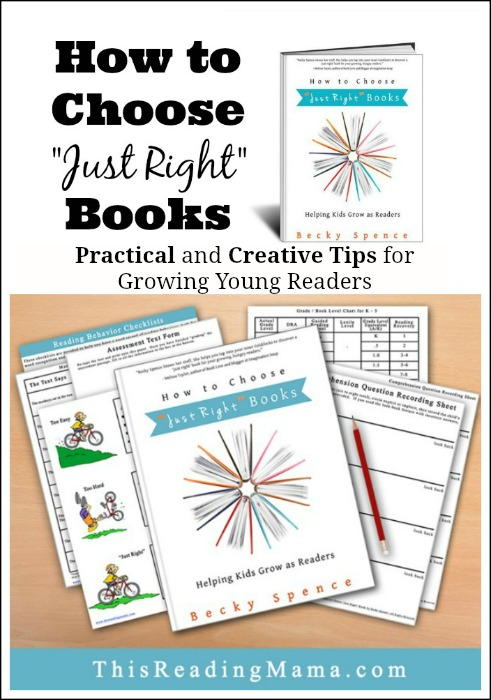 It became cold in the minks. But now it's snowing. Knocks and knocks and no longer melts. A dry snowy sea covers the land. Hazel grouse, black grouse, even capercaillie dive headlong into it. Mice-voles come out of their underground dwellings, run along the bottom of the snowy sea. A predatory weasel dives tirelessly in it, sneaks up invisible to mice and birds under the snow. It is much warmer at the bottom of the snowy sea than at its surface. Freezing winds don't get in here. A thick layer of dry water does not let a big frost to the ground. Many mice build their winter nests right on the ground under the snow - sort of like going to the country in winter. (120 words) (According to V. Bianchi)
It became cold in the minks. But now it's snowing. Knocks and knocks and no longer melts. A dry snowy sea covers the land. Hazel grouse, black grouse, even capercaillie dive headlong into it. Mice-voles come out of their underground dwellings, run along the bottom of the snowy sea. A predatory weasel dives tirelessly in it, sneaks up invisible to mice and birds under the snow. It is much warmer at the bottom of the snowy sea than at its surface. Freezing winds don't get in here. A thick layer of dry water does not let a big frost to the ground. Many mice build their winter nests right on the ground under the snow - sort of like going to the country in winter. (120 words) (According to V. Bianchi)
Fox school
A fox has settled in the thick of the forest. She had five foxes. They sting in a dark hole. The children were blind and without teeth. The mother fed them with her milk.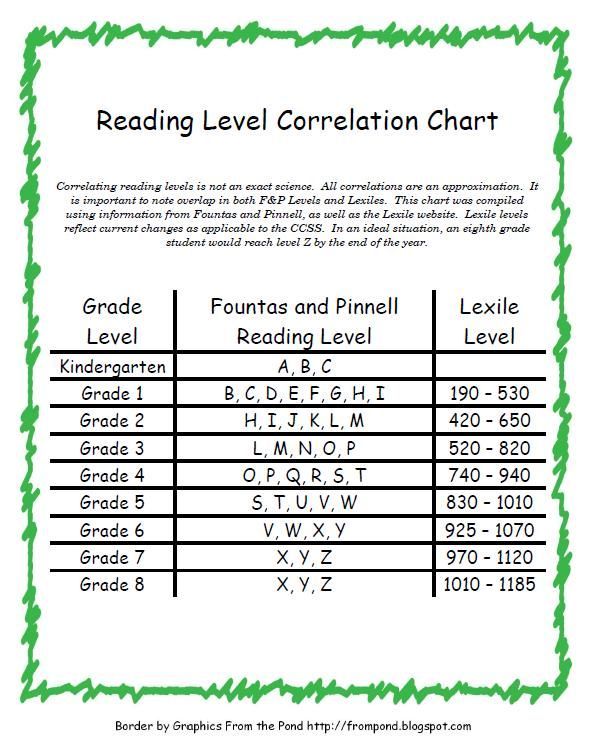 Children's eyes have been opened. The mother began to drive them out of the hole. Rogues run and play. Brothers and sisters are rolling on the grass. And their mother takes care of them. Hears a rustle, drives the children into the hole. The cubs have grown up. Their mother teaches them to catch prey. Let a live mouse go between the cubs, and they catch. The teacher strictly supervises the students. A little onlooker misses a mouse, a fox bites him with his teeth. Then the mother taught the foxes to catch butterflies and bugs. Little hunters boldly rush at everything that moves. Now they are looking for food themselves. The fox school helped them. Winter has come. The animals got bigger. Their fur is red and fluffy. Now they are learning fox tricks. Fox cubs can hear the hunter. Young animals learn to scare the trail and run away from dogs. Soon the cubs will become adult foxes. They will run away from their mother in different directions.
Children's eyes have been opened. The mother began to drive them out of the hole. Rogues run and play. Brothers and sisters are rolling on the grass. And their mother takes care of them. Hears a rustle, drives the children into the hole. The cubs have grown up. Their mother teaches them to catch prey. Let a live mouse go between the cubs, and they catch. The teacher strictly supervises the students. A little onlooker misses a mouse, a fox bites him with his teeth. Then the mother taught the foxes to catch butterflies and bugs. Little hunters boldly rush at everything that moves. Now they are looking for food themselves. The fox school helped them. Winter has come. The animals got bigger. Their fur is red and fluffy. Now they are learning fox tricks. Fox cubs can hear the hunter. Young animals learn to scare the trail and run away from dogs. Soon the cubs will become adult foxes. They will run away from their mother in different directions. They will go hunting on their own. Bunny foxes will find on the trail. There will be predators in prey and a mouse, and a bird. (144 words) (According to A. Bostrom)
They will go hunting on their own. Bunny foxes will find on the trail. There will be predators in prey and a mouse, and a bird. (144 words) (According to A. Bostrom)
Who has the best house
It's time to hatch the chicks. Everyone built a house in the forest. It turns out that the entire forest from top to bottom is now occupied by housing. It's not easy to decide which house is the best. The largest nest of an eagle. It is made of thick boughs and is placed on a huge thick pine. The smallest nest of the yellow-headed beetle. His whole house is the size of a fist, and he himself is smaller than a dragonfly. The mole has the most cunning house. He has so many emergency passages and exits that you can’t cover him in any way in his hole. The most beautiful house near the warbler. She built a nest for herself on a birch branch, cleaned it with lichen and light birch peel, and wove pieces of multi-colored paper for decoration that were lying in the garden of some dacha. The most comfortable nest of the long-tailed tit. Her nest is made of fluff, feathers and hairs on the inside, and moss and lichens on the outside. It is all round, like a pumpkin, and its entrance is round, small, in the very middle of the nest. (150 words) (By V. Bianchi)
The most comfortable nest of the long-tailed tit. Her nest is made of fluff, feathers and hairs on the inside, and moss and lichens on the outside. It is all round, like a pumpkin, and its entrance is round, small, in the very middle of the nest. (150 words) (By V. Bianchi)
How to test reading technique correctly?
- Choose the right time.
- Eliminate all distractions: TV, computer, cell phone.
- Prepare everything you need: an hourglass for 1 minute (it's better than just a stopwatch on your phone) and text.
- Sit the child at the table and put a printed text in front of him (preferably 14 font).
- Sit down and put down the hourglass.
- Say "Start". At this point, the child begins to read, and you turn the clock.
- Watch the time and at the same time you need to listen carefully, noting the mistakes made for yourself.
- Say "Stop" when exactly one minute has passed.
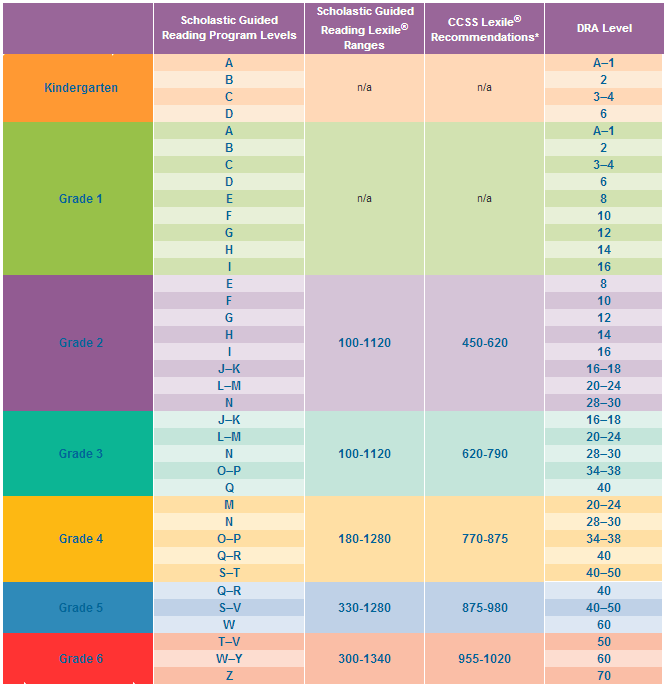
- Ask the child questions about the text. At least ask about what he understood.
How to evaluate reading speed?
The speed or pace of reading is determined by the number of words that the child managed to read in a minute. When counting words, all prepositions and conjunctions must be taken into account.
Criterion for the correctness of includes not only the correct reading of each word, but also the correct placement of stress. You should also pay attention to repetitions of words or sentences. This is also considered a mistake. But! You can not stop the child during the check and point out these errors to him. You will deal with them after the check is completed. Go back to the "wrong" words and read them again.
Awareness of texts read. It is necessary not only to read fluently, but also to understand what it is about. That is to read consciously. To test awareness, ask the child two or three questions about the text.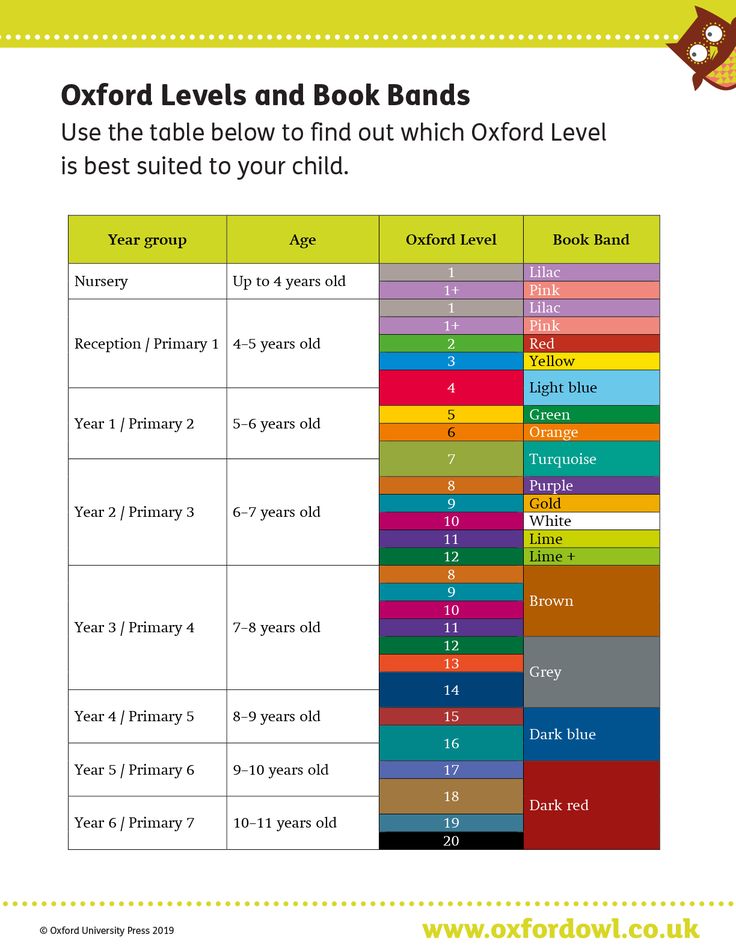 You don't need to retell anything. The answers to your questions will suffice. The process of reading comprehension largely depends on the amount of attention your child has.
You don't need to retell anything. The answers to your questions will suffice. The process of reading comprehension largely depends on the amount of attention your child has.
Pay attention to expressiveness , the presence of intonation pauses, logical stresses.
For yourself, you can note the way of reading : by syllables, syllables + whole words or reading in whole words.
When grading, special attention is paid to three criteria: speed, awareness, correctness.
Reading Technique Chart
If you wish, you can use the special chart used by primary school teachers to test reading proficiency. It takes into account all the necessary parameters, namely: the speed and correctness of reading, expressiveness, awareness and the way of reading. You can record the results of the child in it with the date. The progress of the young reader will be clearly visible.
Download a table to test reading technique
Graph for building reading speed
Sometimes, for even greater visibility of progress in reading, it is good to use an individual graph of reading speed growth.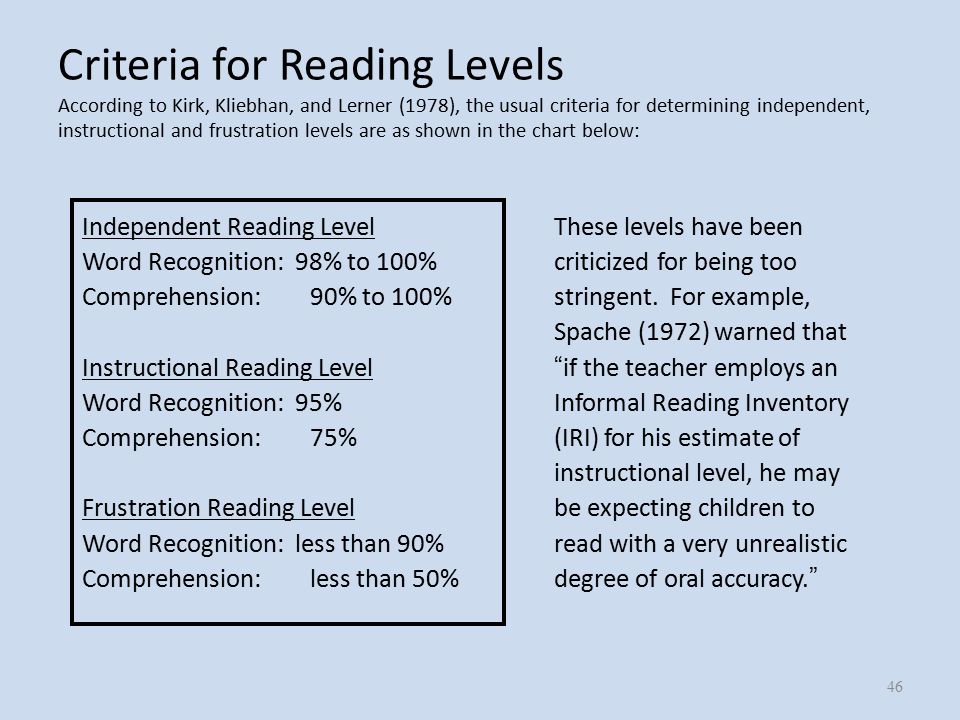 Every quarter, a dot is marked on it, corresponding to the number of words read per minute. The points, as they appear, are connected to each other. The reading speed growth curve will definitely go up! The child will see his result. A situation of success is created that will inspire the young reader to conquer new heights.
Every quarter, a dot is marked on it, corresponding to the number of words read per minute. The points, as they appear, are connected to each other. The reading speed growth curve will definitely go up! The child will see his result. A situation of success is created that will inspire the young reader to conquer new heights.
Download reading speed graph
Reading technique tester
To test reading technique, you can also use a special interactive simulator. It is easy to download to your computer. It is very easy to use. A child can easily test his reading speed on his own. The simulator is equipped with a stopwatch, all texts are divided into classes and quarters.
You can download the interactive reading speed simulator
for FREE. But it does not solve the issue of improving reading technique.
And reading technique needs to be trained!
There are quite a few tricks for this.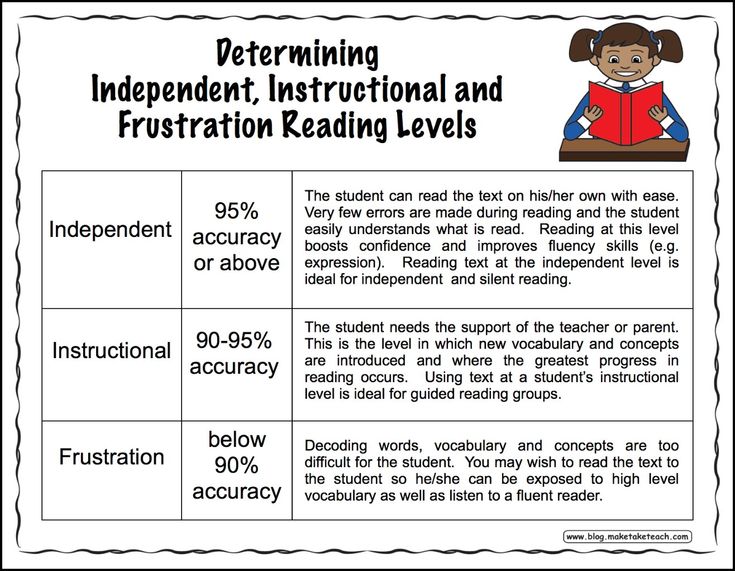 You can find some of them in the article about speed reading.
You can find some of them in the article about speed reading.
speed reading training will help you achieve significant results. Specially formed texts and exercises will help in a short time to increase reading speed, reading comprehension, develop speech and attention.
Speed reading training is:
- Ready and very easy to use set of valuable materials;
- 100 special texts for developing speed reading skills;
- 25 types of the most effective exercises with a text on the development of reading technique;
- 180 pages of valuable exercises;
- 80 pages bonus effective materials for the development of speech, attention and speed reading;
- Each training page can be used independently from the others;
- Easy to print for individual or class use.
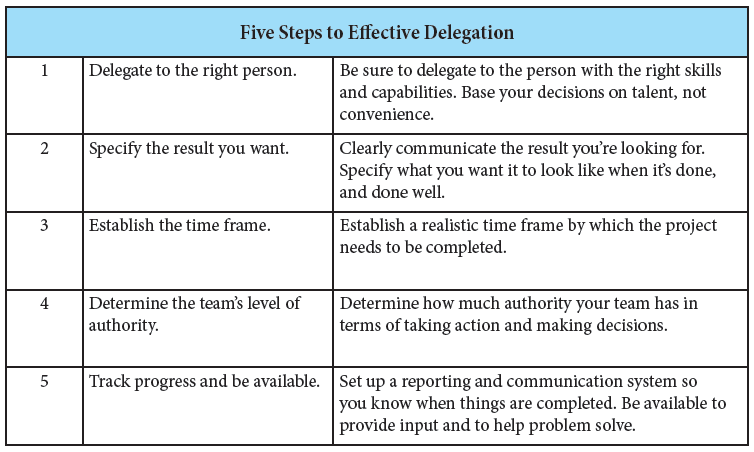
After completing the training, the child will begin to read at least 2-3 times faster and learning performance will improve.
Download TRAINING on speed reading and development of speech
And get
GIFT
0805
Give your child a chance to become more successful and confident!
You can also purchase the BIG BOOK OF SYLLING TABLES
O. Naumova "The Big Book of Syllable Tables"
(do not repeat the tables from the gift)
Tables for reading syllables and words are one of the best and necessary tools for learning reading and to improve the quality of reading.
Buying a BIG BOOK OF SYLLING CHARTS
You will receive:
- Ready tool for practicing reading and speed reading skills;
- 200 syllabic tables of different levels of complexity;
- professional spreadsheet technique.
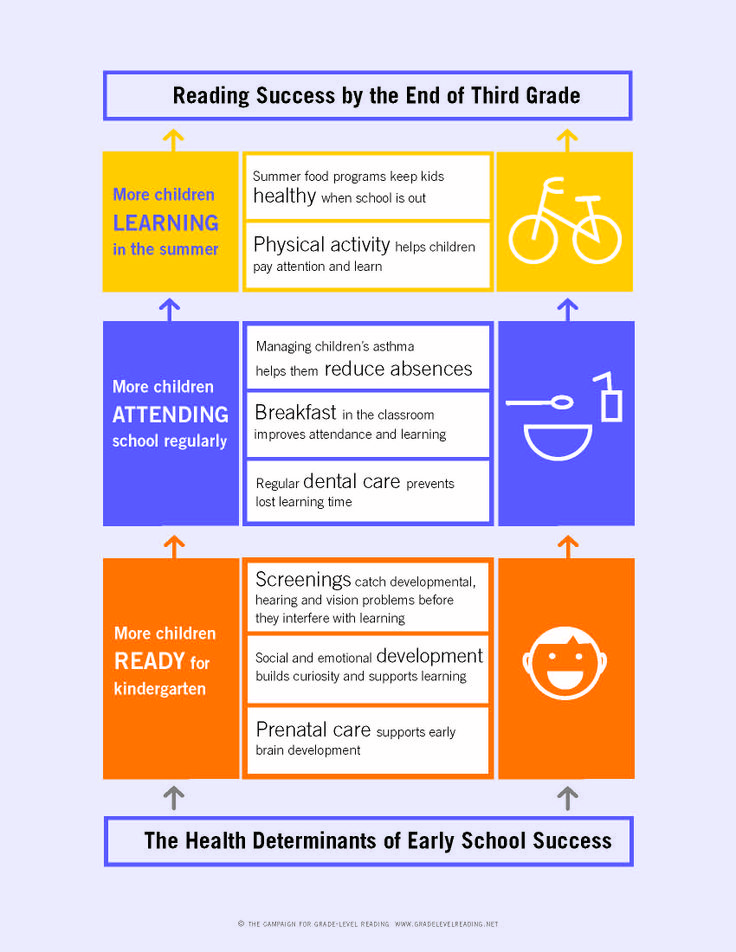
The most effective methods will allow each table to be used repeatedly several times, increasing the child's interest in reading.
The child will receive:
- improved reading skills;
- reading speed boost;
- improved diction;
- reading comprehension;
- development of thinking and attention;
- vocabulary expansion;
- increased self-confidence.
The child will stop stumbling over difficult words while reading.
The reading process will become natural and painless.
You can easily print the pages you need. All pages of the book can be used separately.
THE BIG BOOK OF SAYLING CHARTS is suitable for those who are just taking their first steps in reading, and for those who want to significantly improve the quality of reading.
Download
O. Naumova "Noisy texts for reading and retelling"
The skill of high-quality reading and writing depends on the state of visual perception and attention of the child.
The better the child recognizes visual images, the better he reads and writes more competently.
Working with noisy texts engages the child's brain to the maximum and increases the productivity of classes many times over. At the same time, there is a development of figurative thinking, attention, memory, the ability to understand what is read.
In the book you will find:
- Noisy texts with questions;
- Texts with questions for reading, retelling, checking reading technique;
- Method of working with noisy texts;
- High productivity options;
- Exercises for developing speech and reading comprehension.
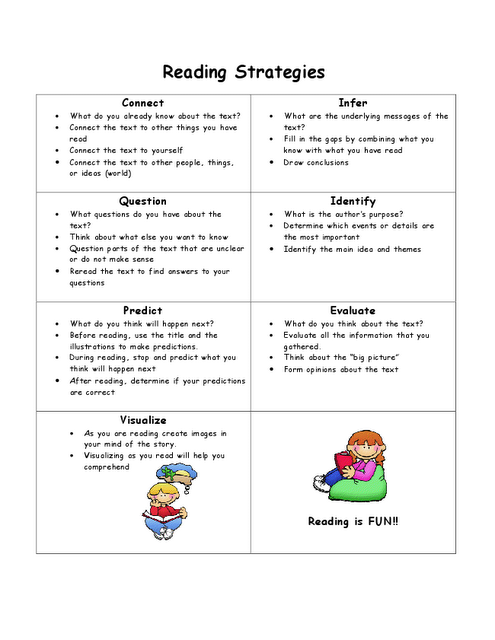
As a result, the child:
- increases reading speed;
- attention and memory develop;
- conscious reading skills are developed;
- develop self-control skills;
- speech develops;
- the number of writing errors decreases;
- the process of writing summaries and essays is facilitated;
- improvement of educational performance.
Suitable for individual and group activities.
Easy to print and use.
The Noisy Texts book series consists of three parts.
Texts differ in the number of words, complexity and degree of noise.
It is desirable to work on all three levels of difficulty.
Level 1
Number of words in texts 25-55.